CHINA AND TIBET JOURNEY
October 13 through November 2, 2011

Thursday, October 13
The flight. Albany to Chicago, left late but arrived on time. Computer wouldn’t boot up the sound system, then some idiot decided to stand up and we couldn’t go.
Chicago to Beijing, left late again, had to replace computer unit. (Do you see a trend here?) Very looooooooong flight and no room. Knees up against the back of seat ahead.
Food: terrible. Gay to stewardess upon being asked if I wanted one of the offerings: “What is it?” Stewardess to Gay: “I don’t know. I never eat it.” In the end it was one of those mysterious unidentifiable foods, although it is probably on our new food pyramid.
Friday, October 14
Arrive Beijing. Qianmen Jianguo Hotel.
Lines, lines and more lines. No one to greet us. Ut oh. Finally, got some money, waited on yet another long line, and got a taxi. Arrived at hotel, exhausted, guide was upset and apologized over and over. So it goes. All we wanted was to get some sleep.
Saturday, October 15
Large buffet for breakfast, both American and Chinese offerings: noddles, soup, creamy tofu, salad, bacon, some cold meat, eggs, cereal, coffee, tea, juice, etc. Hotel very comfortable. Beautiful sunny day. Frank has wi-fi and is happy.
Off to Temple of Heaven, built originally in 1406. Pray here for good harvest, three times a year. All wood, no nails, painted.
Next to Tianamen Square which is located before the Forbidden City. Means Gate of Heavenly Peace. Is 40,000 square meters, or 60 soccer fields. Mao’s mausoleum is there and folks come from the countryside to pay homage. They wait on a line for about three hours and get about five seconds inside. Interesting that he is still revered by some.
Our guide told us about the protests and tanks, etc but says history books only have one sentence that says students set up camp there. But there are often groups setting up in the square, so that doesn’t say much. But it seems that our guide, LiuHao, and his generation all know about it in detail.
Forbidden City: 9,999 rooms in the Palace. Nine is an important number. It goes on forever, through gate after gate after gate. The thresholds are high to keep out the demons. Demons can only shuffle and can’t make it over the thresholds. All the buildings are of wood, and highly painted, very ornate. The buildings are repainted every four years!
Ate at Bian Yi Fang Peking Duck restaurant. Very good. Again, lots and lots of dishes, all served on a lazy Susanne glass turntable.
Sunday, October 16
No private ownership of land. You don’t buy your condo: you buy the right to “use” the condo for 50-75 years. The Chinese don’t worry about this, because anything can happen in that amount of time. They are used to great upheavals, big changes in commerce and personal finances, new government programs. When you buy a condo, you just get the concrete…sometimes not even windows. You put in the plumbing, the wiring, the windows, etc. And when you leave, you take it all out. No one wants your toilet as you touched it. Liu said this is very wasteful but that’s the way it goes.
Car cost about 20,000USD but license cost another 20,000USD. If your license ends in a 0 or 5, then you can’t drive on Mondays, and so on. This is a rather feeble attempt to keep traffic down. All we saw was bumper to bumper traffic.
Dating according to Liu: (liu is college educated and would be considered middle class)
Parents start to worry if you’re not married so they go to the park or square with pictures of their kids and talk them up and try to set up a date. ON the first date with his now wife (he has a 2 and ½ year old daughter) he took her to McDonald’s. Then to KFC. Then to Starbucks. Foreign fast food is more impressive than eating in a Chinese restaurant.
If you are the man, you should have the five C’s: cash, condo, car, credit card and be cute. Liu had four of the five (no car). It used to be a sewing machine and a horse. Then a computer, then a cell phone. Liu says that when they get a cell phone they make a call and talk very loudly so everyone knows they have a cell phone.
On the whole, the Chinese speak very loudly, yell and push and shove.
In Chinese culture, the man pays for all wedding costs.
Off to the Wild part of the Great Wall. Took a gondola up. Exciting experience as it was windy. It was an amazingly clear day. Liu mentioned he never had experienced such a great day. Farmers follow you everywhere up the wall, along the trail to “help” you. They are very nice but they won’t go away. You try to give them some money at the end but they want to sell you a souvenir instead. It is much more profitable. They won’t take the money and badger you until you buy a book, or postcards, or tee shirt, etc. This wild section of the wall is beautiful and called Jin Shan Ling. Before leaving the wall, we had to go to an office to be officially counted.

Our guide referred the bathroom as the “happy place”. Hmmmmm….Bathrooms are rated with a star system. Even a four is mediocre. Toilet paper not usually available, except in hotels, so byo. During our trip we experience five levels of toilets:
1. Behind a rock 2. A slit in a concrete slab—walls but no ceiling. 3. A squatter, non-flush. 4. A squatter, flush (sort of) and 5. “Western style”. I was amazed that at the hospital there was a squatter only, with a weak flush, no tp. Same at the Xi-an university.
Went to Peking Opera in the evening. It was located in the hotel. They have a ritualistic donning of their costumes and make-up, all done on stage. It was hard to hear the singing, which in turn made it difficult to assess. We were also all very tired. There were four acts and the second one was very good: two warriors, very gymnastic and with dance elements and beautiful use of a table. The audience comes and goes, and is not always quiet. There were some dining tables too. Most of us make it to the third act, but only two or three made it to the fourth.
Monday, October 17
Visited the hutongs, the small city streets off the main boulevards. We had lunch with a family. The wife was away and the husband did all the cooking. There were at least 12 dishes on the table, and he thought we needed more, so he cooked up others too. We were unable to eat it all. We learned about his life. We had taken a rickshaw through the hutong, and they crashed into one another as they don’t really have brakes. The Chinese had taken down most of the hutongs when they started building like crazy. Skyscrapers and construction everywhere. Now there are trying to preserve them. There are only 9000 left. The younger folks don’t always want to stay in them as they often only have communal toilets, but they are very desirable nonetheless given their location. Our family had lived in theirs for over 100 years, with some exceptions due to the politics.
Went to the Soong Ching Ling museum (the wife of Sun Yat-sen). Beautiful marble bust. Sun Yat-sen was the 1st president of the People’s Republic of China. Started in 1911 but failed, then tried again and again. The warlords reigned and fought back.
Bell tower: told time before watches and clocks. Two hours equal one of ours. Only 12 bells therefore. Nice climb. Looked over the hutong we had just visited and the rest of the city.
Enjoyed a lovely tea ceremony. All teas have specific procedure on how to prepare and also what they are good for.
On to the Summer Palace. This is very large and was built and used to excess. It too is painted every four years. This is the home of the infamous marble boat. There is a large lake and we took a boat ride back to the dock. Used by Empress Dowager Cixi.It has a very long history.

Dinner was at a local place. Interesting dessert: Chinese round dates stuffed with sticky rice in a sugary syrup. This was served hot. Mostly dessert in China was watermelon slices, etc.
Beijing driver’s signs:
Car with a giraffe with a big X, means don’t exceed a certain height, with an elephant, a certain weight and with a second car slanted next to another, don’t crowd the lane.
Tuesday, October 18
Walked to the “artists” street, mostly “antiques” and musical instruments and small shops. On the way, saw several food stands, one served donkey and one served dog, usually in a thin pancake.
Flight to Luoyang. Stayed at the New Companionship hotel (we were originally scheduled to the Friendship hotel, two doors down). This is a poorer area than Beijing. We had a concert in the evening where we learned about the traditional Chinese instruments and heard performances by the master and his students. They also practiced their English with us..
Wednesday, October 19
Early morning tai chi in the park opposite our hotel. Also, writing poetry with water and a long brush to practice calligraphy, bullwhips with a wood top, swords, dancers, slow movements, groups etc. The Chinese are a more communal culture and these activities happen every morning with hundreds of people coming out.
On to the Buddhist grottoes. There are 110,000 buddhas carved into the soapstone cliff, some as small as a fingernail and others as large as a three story building.

Then to a village for lunch with a family. There are 950 people and 210 homes in this village. Thirty years ago there were only 200 people. There were, again, over 12 dishes and a large pile of thin pancakes to put the food into. A persimmon, that she had picked the day before for dessert. She made all this food in one wok on one burner. She’s been a long time widow and is 63. Her kids (only one is at home) went to college and moved to Shanghai. She dries corn and persimmons on her roof. They have solar powered water heaters (everywhere in china) that cost $200USD. The food she served us is also her family’s lunch and also the dinner.
Went to Luoyang No. 5 Experimental School. The teacher who studied to speak English at university had very poor English, and so the kids don’t learn it well. We tried talking with them but mostly they didn’t understand us and giggled a lot. One of the girls was wearing a Mickey Mouse shirt but didn’t know the name. We saw Mickey on socks, shirts and in a school Powerpoint display, etc. We sang her the Mickey Mouse song. I am sure she thought we were crazy foreigners. This is a poor school and we brought pencils and paper and cookies for them. We learned that it takes until Junior High to learn all 5000 Chinese characters. At that point you can supposedly read the newspaper.
Thursday, October 20
Train to Xi’an. Luggage goes the night before on a separate carrier as there isn’t time to get it off the train at the stops. This was a 5 ½ hour train ride and we were the only non-Chinese aboard. IT goes through the yellow soil plateau with caves in the cliffs for storage and also dwellings. The dwellings are nice, cool in summer and warm in winter and have microwaves and refrigerators.
The toilet on the train is called “riding the horse”. There is a pole to hold onto and it’s just a hole in the floor, no water flow, rather gross.
On train, we were in first class which are sleeper cars with three bunks on two sides of a “section”. They provide blankets and a pillow. It only cost 87 yuan to go from Luoyang to Xi’an or about $13USD.
Train station is very basic, food available, large noodle bowls with boiled water available except that it isn’t really boiled and not that hot.
The whole ride was very polluted and smokey . Sulfur coal is used quite a bit. In other areas, wind, nuclear and hydro, but they won’t put nuclear near or in Beijing because the President lives there. That should tell you something.
Liu says new trains are due soon. We heard a lot about the high speed trains.
In Xi-an stayed at the Grand Noble Hotel.
Toddlers and babies often have slits in the back of their pants and are held over trash pails. Some have diapers too.
The wall surrounding the old city is from the 1300’s. We were staying inside the walled area.
Heard a talk about the government. The flag has 5 yellow stars. One is big and the other four are smaller. The four smaller ones are : the workers, the soldiers, the farmers and the intellectuals. They are holding up the big star which is the Communist party.
Also talked about Tibet. Road Scholar built a school in Tibet. It has a mountain border with India and Afghanistan and so it’s very important to the Chinese. That plus it has lots of resources. I doubt they will ever let it go, but then again who thought the Berlin wall would come down or that America would have an African American president or New York would finally get gay marriage laws passed. They give Tibet extra money in the form of higher pay and pensions ( 3 times Liu’s father’s pension) and claim this is to keep the Tibetans happy (not a chance…lots of soldiers, all Chinese—referred to as inland china) but mostly it is to bring in more Chinese so they can take a firmer hold of Tibet.
 In Xi’an, wandered around neighborhoods. Lots of little shops, sometimes grouped. There were about 15 sign shops, then veggie stores, small supermarkets, liquor stores, tea store and so forth. Everywhere we go there is a lot of rubble (taking down the old) and cranes (putting up the new). New highways, high speed trains, etc of which the Chinese are very proud. They see the differences. Reminded me of the fast growth in America during the 1950’s. I fear they might run into similar problems with housing subsidies, too much growth, environmental problems. Already the cost of living has gone up and what used to be made in China is now being sent to Laos and Vietnam where the labor costs are less.
In Xi’an, wandered around neighborhoods. Lots of little shops, sometimes grouped. There were about 15 sign shops, then veggie stores, small supermarkets, liquor stores, tea store and so forth. Everywhere we go there is a lot of rubble (taking down the old) and cranes (putting up the new). New highways, high speed trains, etc of which the Chinese are very proud. They see the differences. Reminded me of the fast growth in America during the 1950’s. I fear they might run into similar problems with housing subsidies, too much growth, environmental problems. Already the cost of living has gone up and what used to be made in China is now being sent to Laos and Vietnam where the labor costs are less.
Friday, October 21
Xi-an know for it’s pomegranates. Used to be wedding gift for many children but somehow, since the one child policy, it’s peaches.

Went to the terra cotta warriors. There are several pits and it’s truly awe-inspiring. They also discovered some bronze chariots that are on display. The place is enormous and they are still working on it.
Xi-an is famous for its dumplings and we went to a local restaurant for dinner that specialized in these. The duck filled ones were shaped like a duck and the pork ones had a pig’s face and the vegetable ones a leaf, etc. They were delicious and we sampled about 12 varieties. The skins are thin.
Saturday, October 22
Went to the university of Xi-an. Costs vary depending on the popularity of the major you choose. If you choose English, it costs 7-8,000 yuan a year (about 1120-1350USD) and 3-4000 a year (600-675USD) for a Chinese major. We heard a lecture at the University on Chinese history and culture. I took lots of notes but here are few interesting concepts:
Creation: egg broke open, humans were fleas generated from Pan Gu, who opened the sky. Next Nvwa, ancestor of mankind, made first humans of clay and fired them in a kiln. First try, underdone and those were the whites. Next only, overdone, and those are the blacks. Third try, just right and those were the Chinese.
We learned about the different dynasties, their rulers and accomplishments.
China has anywhere from 1.3-1.5 billion people in a country only slightly larger than the US which has about 20% of that population. Xi-an has 8 million. Was the original capitol city with the longest history, about 1100 years. Beijing only 500 years.
Major religions: 80 million Buddhist, 23 million Christian and Taoist and 23 million Muslim. This accounts for only approximately 10% of the population. The rest are atheists. Or, as Liu puts it, they have no religion, but they are very superstitious (although I am not sure of the difference :^). They believe in the importance of numbers and colors, etc.
In 1949 the marriage law was passed with only one wife. Before that there was polygamy. Also, women could now divorce.
In July 2011 the Communist party came out with a lot of the 7 top concerns:
- Unfairness of development
- Employment
- Medicare
- Fair chance for education
- Property (housing problems)
- Fair distribution of wealth
- Anti-corruption
The party and the government are not the same thing. For instance, the government deals (or doesn’t) with the pollution problem.
The government has a central committee of seven who make the decisions. Liu believed it was a good system since things got done and compared it with America where we often get bogged down in political bickering. On the hand, he recognized the repression of the government but balanced it a bit with the fact that he felt is was very hard to rule a country of over 1.3 billion. They do use social media to oust corrupt officials. They can create scandal this way. But the web is monitored and sites are banned as is most truly serious dissent and also other parties. Other parties exist but they have no power at all.
After the lecture, we talked with students who were studying English at the university. They all want to travel to America to study.
The Chinese, and the Tibetans, do not have passports, only papers to travel within China. They can apply for business visas and school visas . Or probably can grease some officials palm. But otherwise, China tries to keep its people and its money in China. Most wealthier Chinese want their children to attend school abroad.
Next to the Shaanxi History Museum. Many pottery figures and bronze work.
Finally, a walk through the Muslim section, an indoor/outdoor affair down narrow lanes with amazing food stuffs. One that fascinated me was the persimmon pancake (and they have these enormous persimmons with a lot of pulp found only in China) that they mash into a paste (like a hummus) and fry.
We had dinner at a local restaurant in the Muslim section. The usual 12 or so courses.
Sunday, October 23
Early morning flight to Tibet. Met in lobby at 5:45am to get to the airport for the three hour flight. You could see the Himalayan mountain range, snow covered and vast, from the airplane. Arrived by noon at the Himalaya hotel where we were greeted with a big banner, dancers, scarves wrapped around our necks, the tossing of barley flour and dipping of fingers into barley beer (non-alcoholic) and some tea and cookies.
We had to be specially “invited” and approved with a document with many stamps on it to get into Tibet.
Lhasa is about 11,000 ft in elevation and has an oxygen content of only 68% (ours is about 99% as it is determined by sea level). Most of us took our diamox, but it does slow you down to be in such thin atmosphere. We were told not to shower for two days as it takes the oxygen off your skin. Not sure about the importance of this. Also, offered a drink called Rhodiala, which is supposed to help with the altitude. IT is from a flower and the picture looked a bit like our Rhododendron.
Our local guide was Da Jun or Monday Goddess.
The yak is the most important animal. It only has bottom teeth. This is the only animal they butcher and use one for food for a month. The yak is also used for its wool and the nomads make their yurts from this, along with clothing. When it rains, the wool shrinks and keeps the rain out and when it is sunny, it opens up for air conditioning. Since it only rains 6-7 days in an entire year, I think it is probably just best for snow and they make their shoes from it and the yak hide, which is also used for glue. The dung is gathered, dried in geometric piles and used for heat scented with some juniper as there are few trees, except in some specific areas. They also make yak butter, yak butter tea, yak cheese and use the fat in temples and palaces in which they place wicks, not unlike votive candles in churches. It really smells. They make prayer necklaces from the bones too.
The monks also eat yak, or else they grow too weak, but they don’t kill any. They let the nomads bring them ones that die naturally.
They have cows for milk and they have a cross between a yak and a cow called a jo that produces more milk than either the yak or the cow.
Some signs to look for: If a Tibetan greets you by sticking out his/her tongue, it is a sign of respect. Pinky up is bad, thumb is good.
Barley an important product. Grown for tea, cereal, beer, flour, etc.
All vegetables are grown in hothouses, are very expensive and the nomads don’t eat them, but do partake of raw yak seasoned with spices.
Over 90% of Tibetans are Buddhist. Many wake at 4am to circle the city for 6 hours with their prayer wheels, stopping at places of religious importance and often prostrating. Near the temples, where many pilgrims from the countryside gather, they prostrate themselves 3-5,000 times for an entire day, stopping only for some food and tea and to rest a bit. Lhasa means holy land. Others walk miles and miles from the countryside, prostrating themselves along the way.
Farmers houses have two floors, the first for the animals and the second for the family.
Of 340,000 people in Lhasa, 20% are nomads and 30% are farmers.
Opposite the Potola Palace (the Dalai Lama’s winter home) is a large cell tower and lots of electronic stores.
Went to Norulingka, the Summer Palace of the Dalai Lama, also within compound other homes of the previous Dalai Lamas. The current on is number 14. Very simple inside, people stopping in different rooms, chanting prayers, rubbing prayer beads on the furniture, prostrating themselves, leaving money and adding more butter in the yak butter lamps.
Tibet is very dry, very very dry.
Lecture on Thangka painting, which takes seven years to learn. You start as an apprentice at age 13. Our speaker was a 4th generation painter. Some were painted and some embroidered, quilted or woven. Most relate to religious figures, but there are also medical ones (we saw this at the hospital and medical school) and also on historical persons lives.
Painter can’t have alcohol and will meditate before they paint. When the painting is done, a monk blesses it so no evil saints enter the painting.
Colors are mixed with water and glue from yak skin (similar to rabbit skin glue).
Monday, October 24
There are four sects of Buddhism and the current Dalai Lama is from the yellow hat sect. There were once 6000 monks at the Sera monastery that we visited but now (and after the brutality of the Chinese in 1959) there are 550 monks, a number limited by the government. Before 1959 this monastery was a school…now 1 master for every three students, and you started at age 3-5 years old. You are tested, and asked at several intervals (ages 15, 18, etc) if you want to leave. This is done before you are 18, although you can do it later on but to great disapproval.

There are six levels of the culture:
The lay people. They can marry.
Monks and nuns These get a professors or doctors degree.
The Protector ( grease the wheel)
Living Buddha. The Dalai Lama
Buddsatva: Disciple of Buddha
And the Buddha.
Monks don’t wear any underwear so when they are climbing steps ladies go first.
Monks stay in their cells in for about five months in the summer so that their feet or swinging arms do not touch and kill insects.
They have beautiful and large sand mandalas that are destroyed at the end of the month and cast into the river. Then it takes four monks only one day to make the new ones. They are large and complex and there are ridges underneath to keep the sand in place.
If you are a married woman in Tibet you wear an apron.
The monastery had a print shop where they created scriptures. They use a soy ink and wood blocks to do this.
Saw a solar powered tea pot.
Local lunch. Rice with Tibetan ginseng was my favorite. The ginseng was sweet like a currant. It only grows about 5000 meters and is in short supply and it was the end of its season. Also tomato soup with egg, potato with mutton, yak dumpling, tomato with eggplant, dumpling with veggie, bok choy.
Hotel Himalaya…ceiling in our room painted, in elevator every day a new rug announcing the day of the week.
They have a yogurt festival that lasts seven days. Yogurt is white which is a sacred color. Yogurt comes form the yak (it is delicious!), a very special animal, and yogurt is nutritious and vegetarian.
Went to Tibetan medicine hospital for talk and display of thangkas. It takes five years of study. Trees are used to show the different paths and types of people, thus helping to define their illnesses and treatments. They still do some blood letting.
Dogs are sacred, cats are not and both wander freely everywhere.
Jokhang Temple. Most famous one in Tibet, built by the people.
Bought amber necklace from Linzhi regious, 980 KM east of Lhasa where there are large trees and bits of the tree are embedded in the amber.
Talk on Tibetan religion by Sonan, asst prof at the Tibet University. She also told the history of her family during the cultural revolution. Her father had been a professor and was sent to a farm to work. The Red Guard was made up of young ex-students (the universities were all closed since the teachers were sent to be re-educated) and these guards had resented the strictness of their teachers. They attacked her father by knifing him in the leg several times and he escaped for three months to heal and then returned. After the cultural revolution, he returned to being a professor. We heard other stories similar to this one.
Religion in Tibet: Bonism from 2500 years ago until the 7th C. Then Buddhism came in from India. The Tibetans combine Indian Buddhism with Bonism which is different from Thai and Indian Buddhism.
Bonism started with Shen, then 13 years old. Used divination and animist spirits to keep away evil spirits. Created a system of heaven, earth and the underworld.
Tuesday, October 25th
Bus to Yangpacken (Lato) about three hours north of Lhasa. We were stopped three times at guard stations. Shared yak butter tea with a nomadic family. They live in new houses provided by the govt (their old ones still exist too) for four months of the winter—these consist of one smaller entry room and then a larger room that serves as kitchen, entertainment center and bedroom-- and then in yurts or tents in the mountains. The village contained about 150 people. The houses are highly painted inside.
The women have three husbands (although Polygamy was outlawed they are lax the government is lax with the nomads). Often they are brothers. One theory is that this keeps the land from being split up. Only the woman knows (or maybe not) who is the father of a child, but since the husbands are usually related they feel linked to the child.
Water from the river is very clean, lots of yak and sheep. No real predators but when they are in the mountains there are bears and wolves and each family has two mastiffs to ward these off.
They only bathe once a year around the new year.
 Went to the Tulung Family school. Grades 1-3, all orphans or from families too poor to care for them. There were 33 students. School has dorms for the students and the teachers “adopt” them. At new years, one teacher bought them all jackets. They survive on donations and government support. We brought pencils and paper and cookies, etc.
Went to the Tulung Family school. Grades 1-3, all orphans or from families too poor to care for them. There were 33 students. School has dorms for the students and the teachers “adopt” them. At new years, one teacher bought them all jackets. They survive on donations and government support. We brought pencils and paper and cookies, etc.
Da Jun told us about burial rituals. There is the the Sky burial which is about 80% used. The person dies, they break the bones, wrap the body and put it in a corner of the house for seven days. Then it is taken to a high spot, the body chopper chops it up,. Gies a signal to the vultures by burning juniper, and it is food for the vultures, which is considered the last thing a body can do for another animal.
Cremation is used when there is a bad disease, like aids.
Earth burial if death was an angry death, like by murder or fighting.
Water burial, for the very poor. Let the fish eat the body.
Stupa tomb for the Dalai lama, made of gold, silver, copper or wood depending on how important the lama and what he accomplished. He is put into it in a lotus position. This is all done so people can pay homage.
Believe in reincarnation so best to be a monk, teacher or doctor as these professions allow you to give much and help others. If you are greedy, you might come back as a pig, but if you are good pig, giving your farmer abundant food etc, you would reincarnate next time at a higher level.
Wednesday, October 26
 To Potola Palace, Dalai Lama’s winter home. Since he has not been in Tibet, exiling himself to India since 1959, the palace is empty. There are 280 steps up to it and it is much more ornate than the summer palace.
To Potola Palace, Dalai Lama’s winter home. Since he has not been in Tibet, exiling himself to India since 1959, the palace is empty. There are 280 steps up to it and it is much more ornate than the summer palace.
Lunch at a local restaurant in the Muslim section. Great spring rolls and tomato soup.
On to Tibet Museum, very beautiful objects, including some incredible thangkas and jade. Some good examples of tri color pottery, also called egg and spinach. They are brown, cream and green, usually dripped.
Liu gave us a talk on his family and the cultural revolution. This is his version of recent history:
Mao gave land to the poor farmers so he was very popular. During the Great Leap Forward, everything was centralized by the government. You had to donate your cooking utensils to help support the iron and steel industry.
My note: Chinese have a more communal sense of doing things for the common good and sacrificing on its behalf. They have a long history of doing this, some by force but other times by collective drive.
Communes began, dads one dorm kids another etc but all ate together. Liu feels this broke up family life. Were told they were all equal but some were lazy so not enough food. Others thought, if he doesn’t do much work, why should I? Basically, no incentive to work. This lead to not enough food, called the Three Years Natural Disaster, 1958-1961, although there was nothing really natural about it. In cities they had food coupons because they needed the labor in the factories. Still, not enough food so had to scavenge.
Many people unhappy and say maybe Mao make mistakes. (Ya think? Starved 50 million people to death)
Then Dung and Liu shared power, but Mao was pulling the strings. Dung and Liu became very popular so Mao started the cultural revolution and Dung and Liu were sent to work as farmers. There were economically intelligent and called capitalists. Liu killed himself during this time, but Dung held on.
Our guide’s grandparents had worked in a vegetable supply place and so had vegetables which they shared with others. Some of these others were wary of them as why did they have this when others did not? They were raided and everything was taken. They then had nothing, but were still raided and when there was nothing to be found, the Red Guard made his grandmother dance on top of a table where she died of a heart attack. After that, they were left alone.
In 1978 there was economic reform.
The one child policy was enacted. If you live in the city, only 1 child, in the country or if you are a minority you are allowed two. 92% of Chinese are Han and the rest are from 56 minorities. Liu is Han and his wife is a minority, Manchurian. They have one daughter and can have another child but say it is too expensive.
Chinese refer to relationship with America as “Competitive Friendship”.
Cultural revolution ends in 1976 when Mao dies. He names a successor who only lasts one year. Another one died. Then the Military General created a coup and Dung came back to power.
1978 Open Door Policy.
 Farewell dinner with folk dances from all regions of Tibet with regional music. We had radish soup along with numerous other offering.
Farewell dinner with folk dances from all regions of Tibet with regional music. We had radish soup along with numerous other offering.
Thursday, October27.
Fly to Chongqing in Szechuan Province. Known for it’s Panda and hotpots.
Chongqing got so large it is its own province. 8 million in the city proper and 33 million in the province.
Went to zoo, saw Pandas, who are their own species. Also Tibetan bears.
Chongqing is very industrial, building cars (Ford, etc) and motorcycles. Went to art institute and saw traditional art, students’ works and leaf painting.
Chongqing is rainy and humid and tropical. Only day on the whole trip where we experience drizzle. Summer is the rainy season and it gets over 110 degrees some days. After the dryness and altitude of Tibet, it felt great.
Hot pot dinner. Center pot is very spicy and surrounding large pot is mild. You get tofu and mushrooms and lotus root and pumpkin and rice noodles and meat and veggies and throw it into to the pots to cook. Make sauce of garlic, sesame oil and soy for dipping. A lot of fun.
Onto the boat, the Victoria Katarina. Nice rooms, even have our own balcony. Holds 240 people . They humorously played “Oh Susanna” as our group embarked. Set off up the Yangtze river.
Friday, October 28
Got off at the town of Fengdu, where some of the 1.2 million people dislocated by the Three Gorges dam were relocated.
Went to the farmers market……duck blood tofu, pig snout and pig tongue were some of the featured items. A lot of varieties of tofu.
Met with a family that was relocated in 1999 who had originally lived 5 miles away. Eight other families from the same village moved here, but many scattered other places. They had to give up their land, for which they received 80,000 yuan. Bought a house, started a grocery downstairs. House cost them 90,000 Y or about 15,000 USD. But they also got 15,000 Y for each member of the family, and there were six, so they got another 90,000 Y. They had 80,000 Y to left to set up the house, furnish it, etc and now had to buy their own food, which they grew before. She would rather do the grocery work and the schools are better since she can from a small village. It was her choice of where to go, some went to Shanghai, et.
Does she feel she got a deal? She laughed, not so good. Some corruption, but it’s okay.
Grocery is open 7am-8pm seven days a week. She says that relocated people don’t have to pay any tax, at least for now!
Note: When I asked Liu about privacy and personal space, he couldn’t comprehend the concept. When someone else in the group told a Chinese woman that she and her husband lived in a large house and were surrounded by land, the woman remarked “You must be so lonely!”
Liu says he prefers a smaller city to the larger ones like Beijing. He lives in Shijiazhuang, with a population of only 10 million and is about 170 miles south of Beijing. He refers to this as a “small” city.
I must say, though, that we were never in areas where we experienced what the upper class lived in or felt about things.
Saturday, Oct 29
 Stopped in WuShan area. From the boat we went to a smaller ferry and then onto sampans--- wooden boats, with bamboo arches and some covering in places. We went up a smaller tributary. It was stunning. The Baning river used to be 1 meter deep before the dam and now was 90 meters deep. They used to pull the sampans by ropes but now are motorized. Went through the Longmen gorge, the dragon gate gorge and the Misty gorge.
Stopped in WuShan area. From the boat we went to a smaller ferry and then onto sampans--- wooden boats, with bamboo arches and some covering in places. We went up a smaller tributary. It was stunning. The Baning river used to be 1 meter deep before the dam and now was 90 meters deep. They used to pull the sampans by ropes but now are motorized. Went through the Longmen gorge, the dragon gate gorge and the Misty gorge.
The Ba people had hanging coffins, placed inside caves as high up as possible in the mountains along the rivers. These coffins are 2000 years old.
There were fishing areas with poles stuck in the water close to the shoreline and netting.
Sunday, Oct 30th
Tour of the Three Gorges Dam. Landed in Yichang, known for its stones, hydro power and tangerines, which were in season. Then flew to Shanghai and the Equatorial Hotel. Heard Albany was getting 4-5 inches of snow. It was 70 degrees in Shanghai.
There are 18 million people in Shanghai with another 6 million floaters…foreigners, etc. It takes 7 years to get your residency card and is a melting pot.
Monday, October 31
 Shanghai museum…great!
Shanghai museum…great!
Car license costs ½ the price of car and are auctioned every month. You need one for the elevated highways. This is to supposedly keep down amount of traffic. There are five lanes of traffic each way on the elevated and about six at street level. As an aside, the cars are not small ones…BMW’s, etc.
The architecture is much more varied in Shanghai, making it a prettier city. I think they have managed to create every possible shape of skyscraper, along with unusual lighting.
Buildings need to balance Feng Shui, wind and water.
Vegetarian lunch, mostly different versions of tofu and mushrooms.
You have to go to college to become a tour guide. You need to speak English well. It is considered a good job.
Dinner was at a tourist restaurant as we were going to the Acrobat performance. There was a wedding party there and folks were dressed in tee shirts, etc. The bride and groom were all dressed up. This was a wedding for poor folks, on a Monday and in a cheap place. Most Chinese get married on the weekend, with auspicious numbers such as 6 or 8 in the date. Also, they usually get married before noon—getting married later often means it is a second marriage. The wedding was fairly westernized.
Went to see the Shanghai Acrobats: start training at 6 months by stretching their bodies. The performance was amazing and lively.
Tuesday, November 1
Our third anniversary of having met and look where we are! Frank still has a sore throat and I have an intestinal bug and don’t dare eat. So we opted out of the tour activities. Took a walk to the park and Ja Jing temple. Had a farewell dinner.
Two news items today:
7 billionth baby born. China and India lead in population with India soon to take the lead. Hard to imagine how many folks China would have now without the one baby policy. Soon India will take the lead on population.
Other item: Beijing so polluted that planes couldn’t land. We were lucky that we had four fairly clear days there. But this is a big problem. China uses a great deal of sulphur coal and will need to deal with it.
Wednesday, November 2.
Light rain (our only rain of the entire three weeks!) as we left Shanghai for the airport. Flight home was loooooooooooong and uneventful. The food was better going in this direction.
Need sleep and some antibiotics.
It was a truly amazing experience and I am changed by it. I have a new and more enlightened understanding of China and Tibet.
Notes: We did this trip through Road Scholar. It was beautifully arranged and all our needs were taken care of, no matter how small. Our guide Liuhao was caring and great at his job, and the local guides were very good and knowledgeable. The group we traveled with consisted of delightful, thoughtful and intelligent folks.
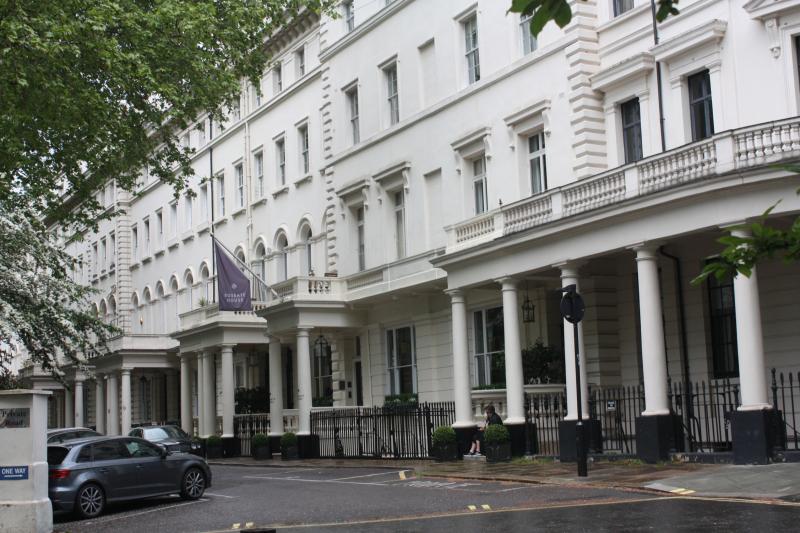
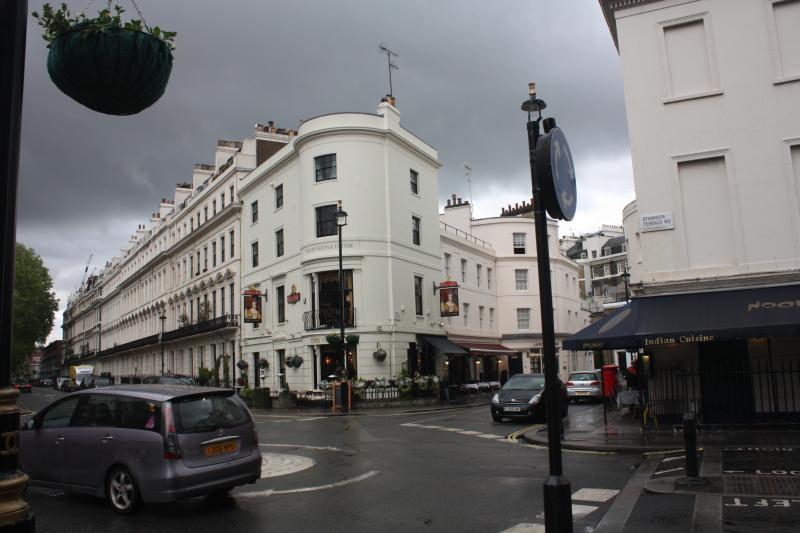
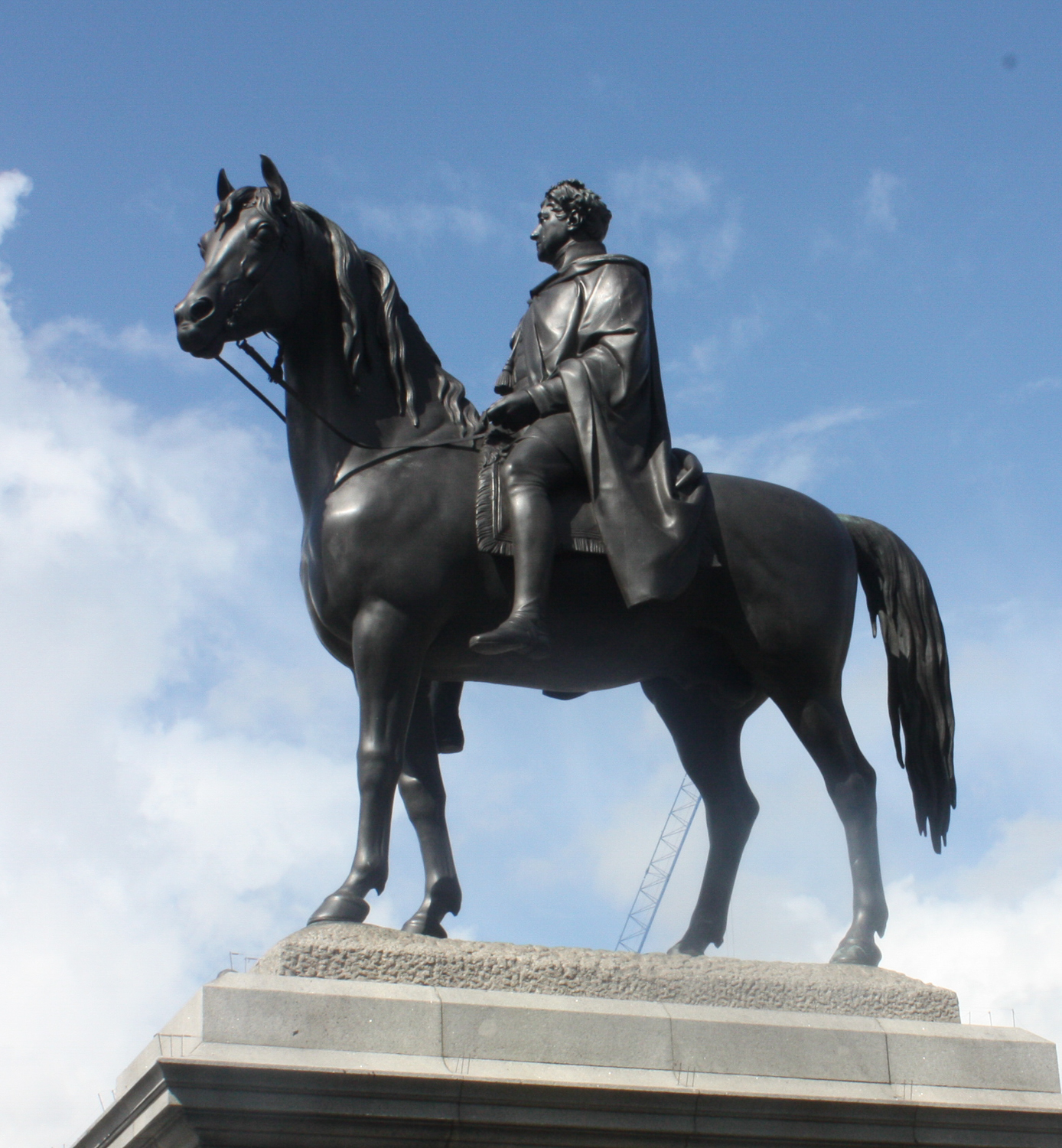

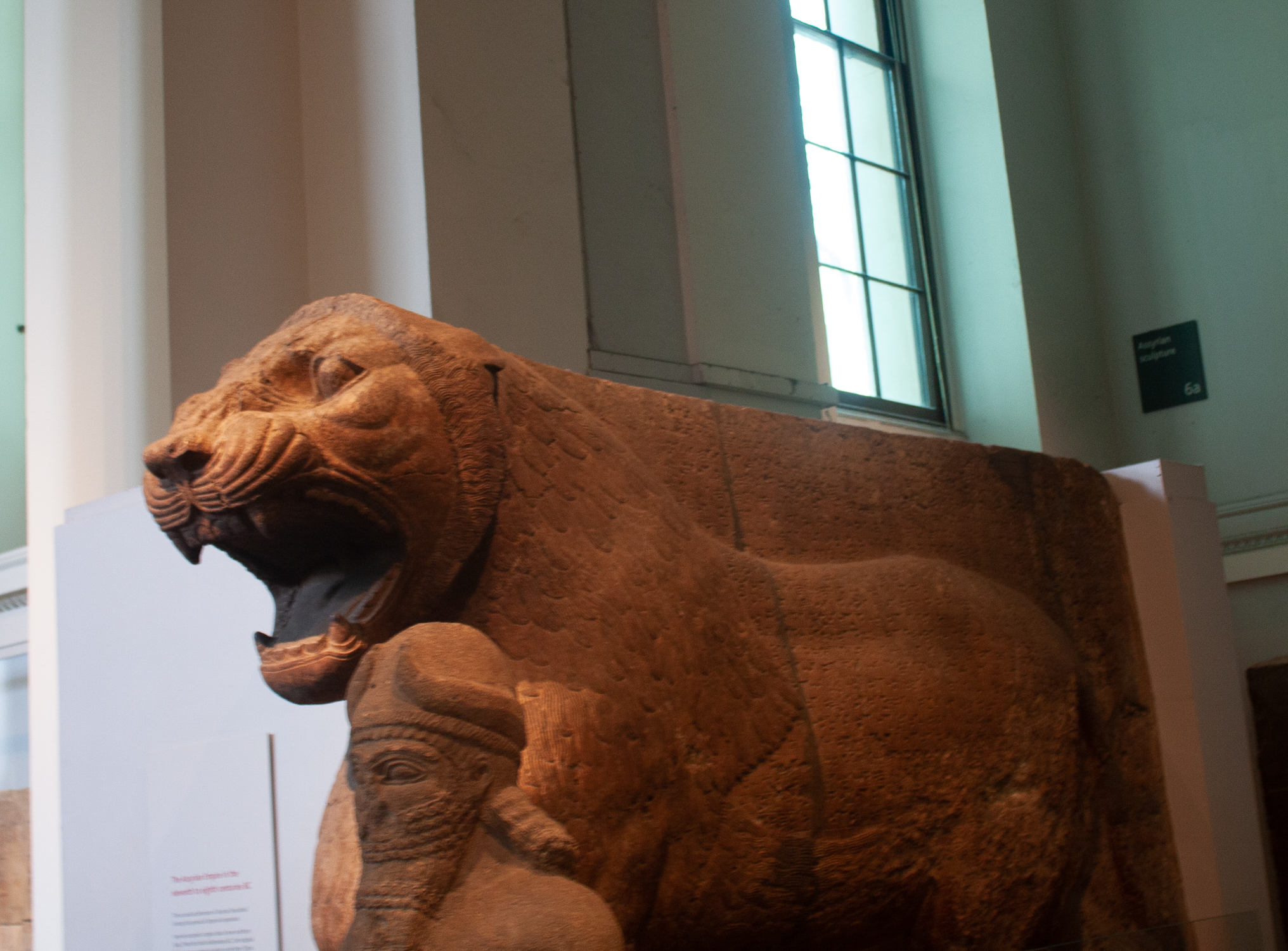
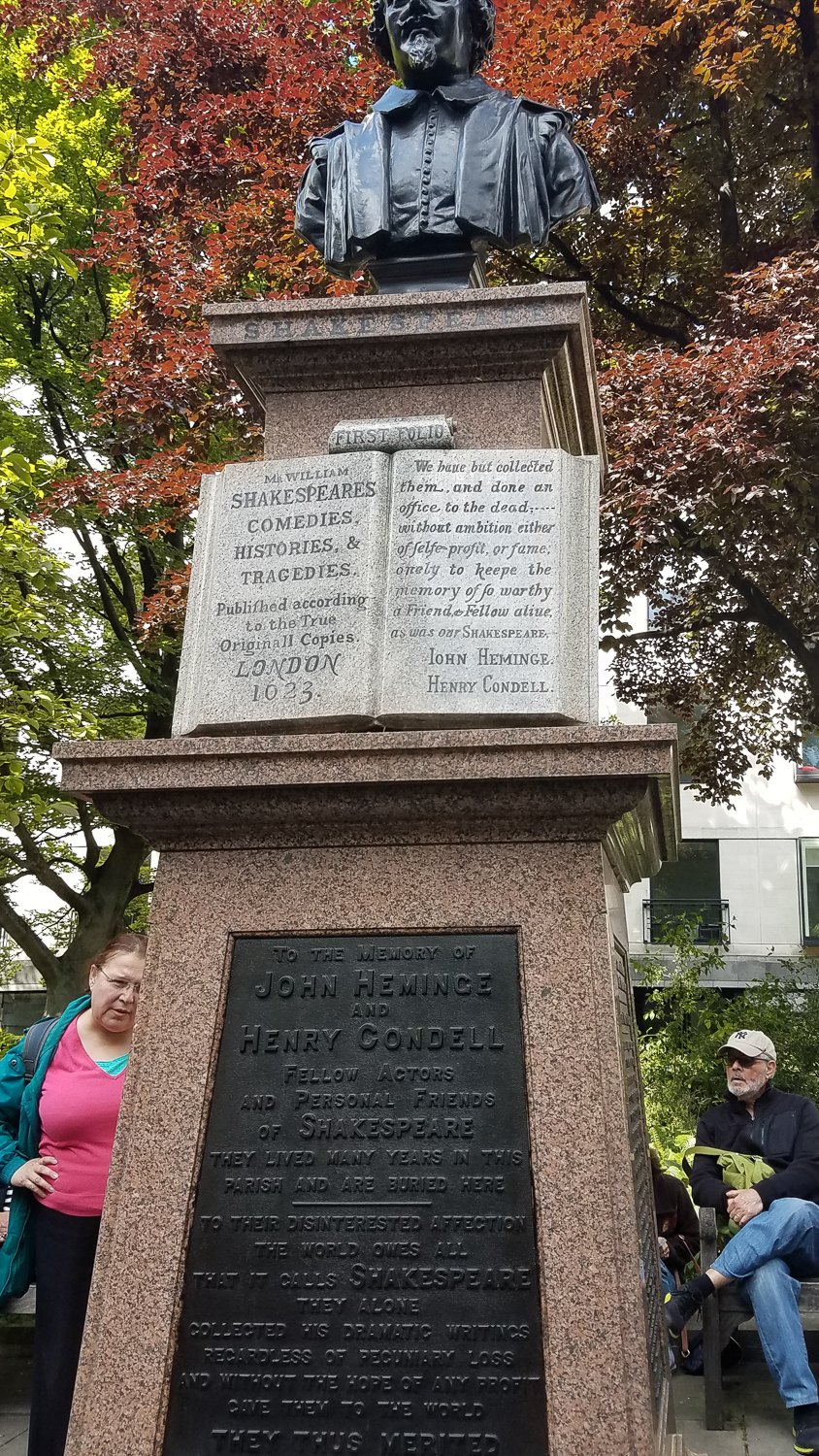





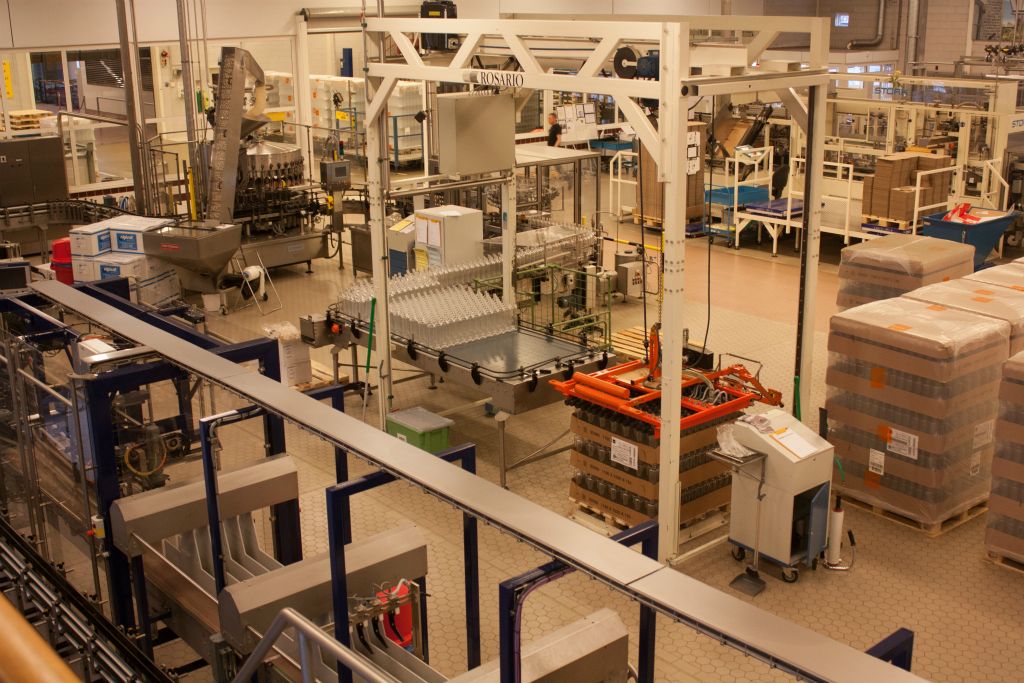
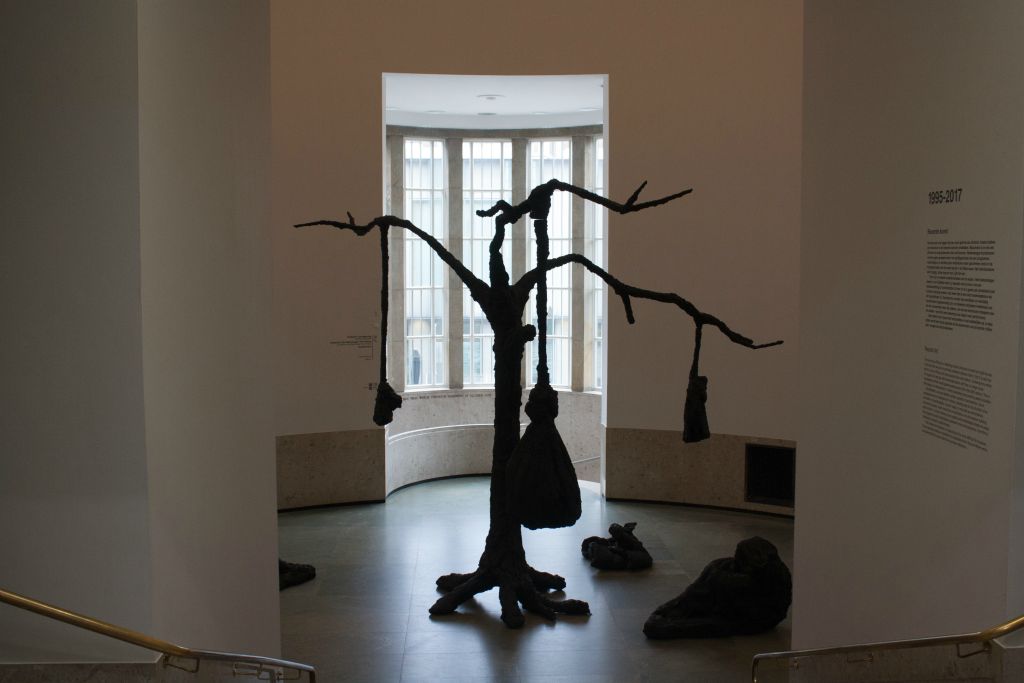
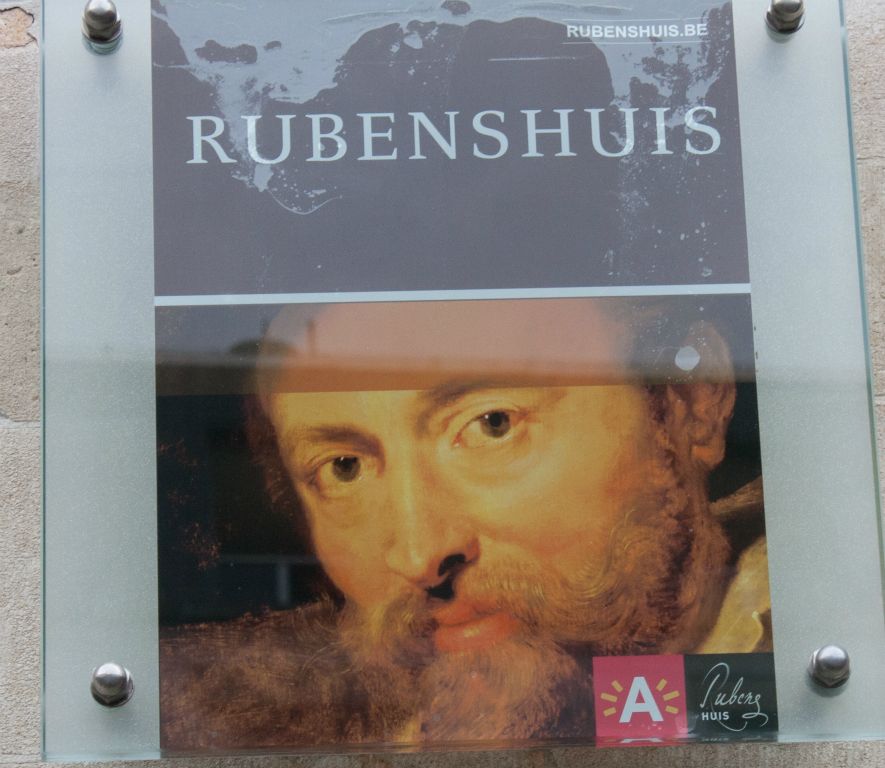
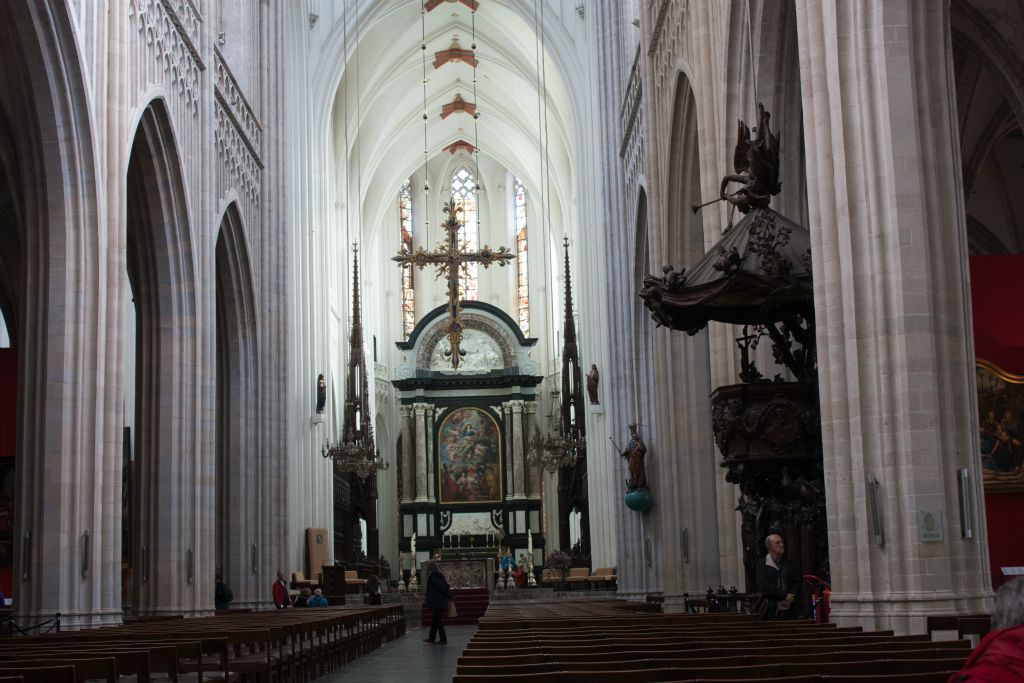

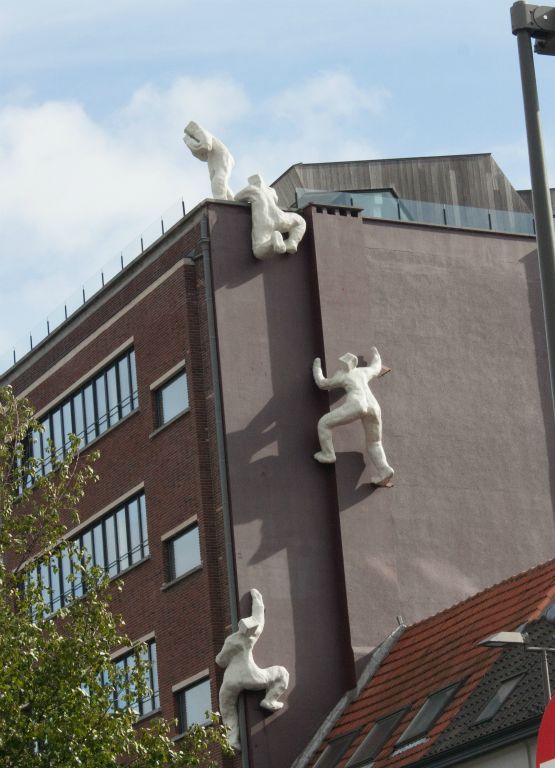
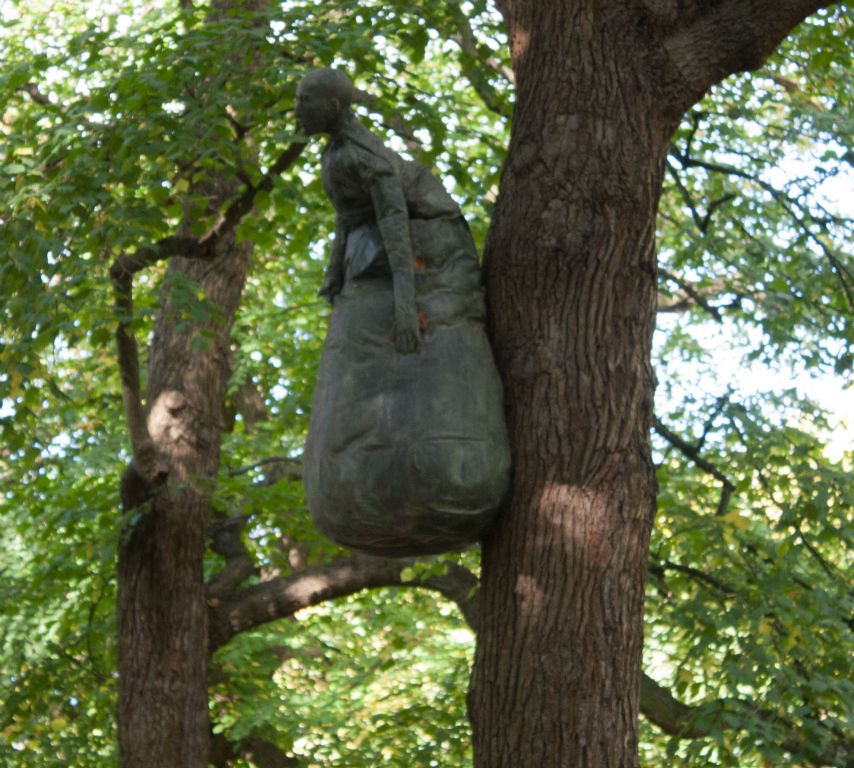
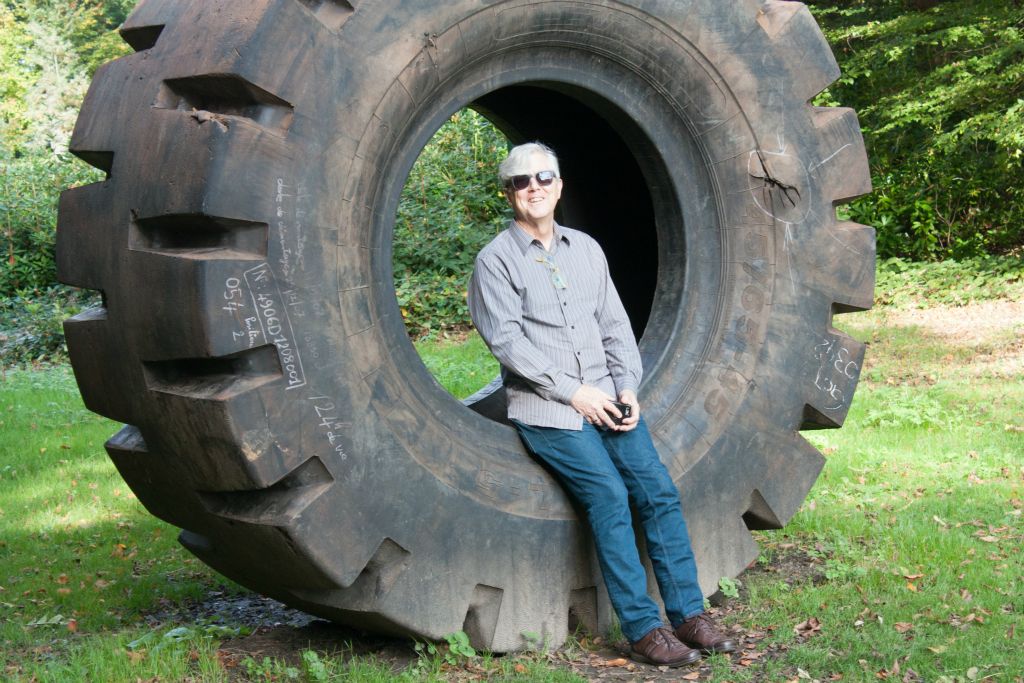

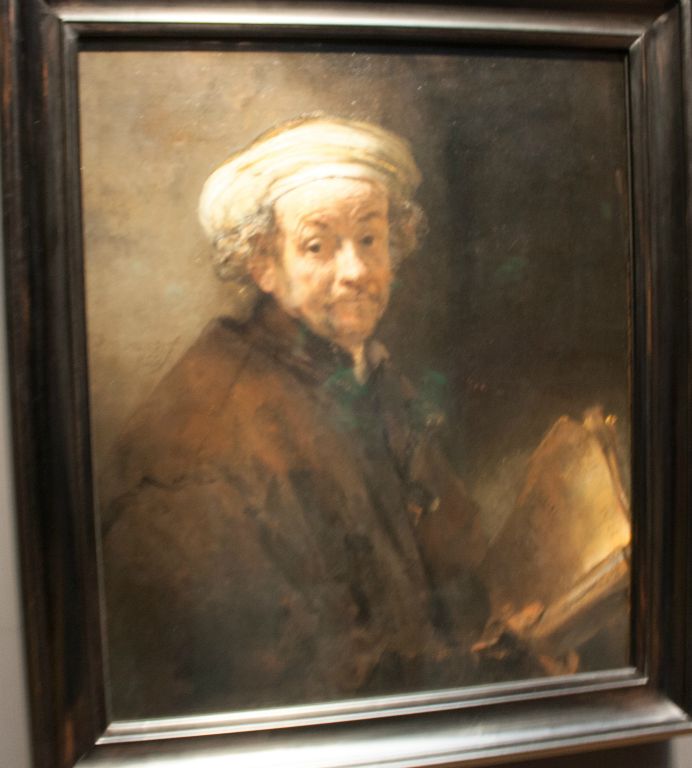
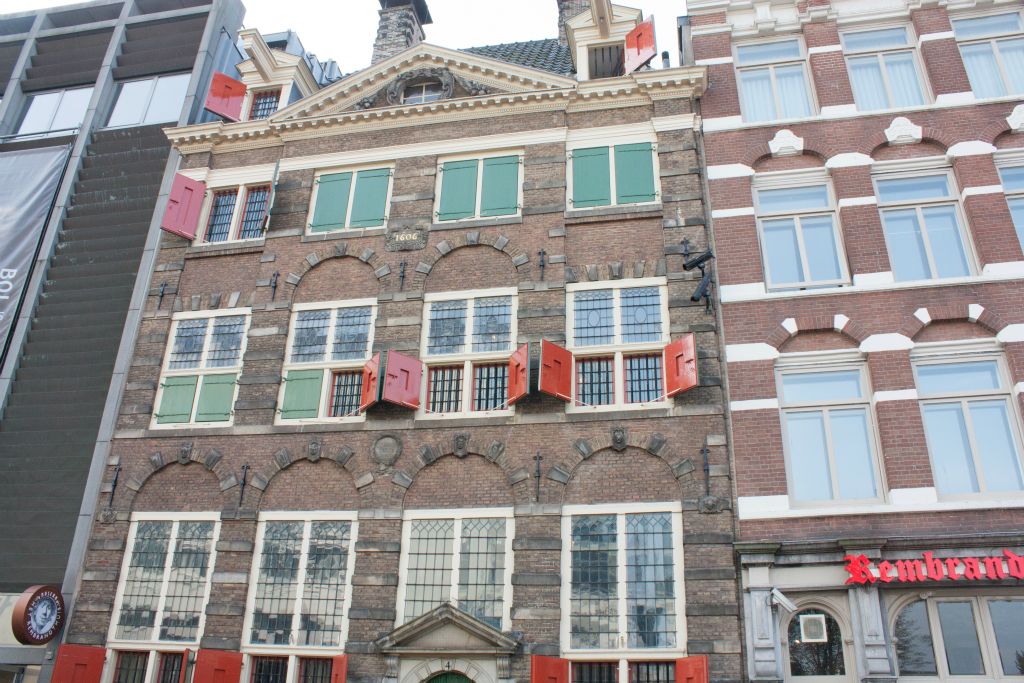

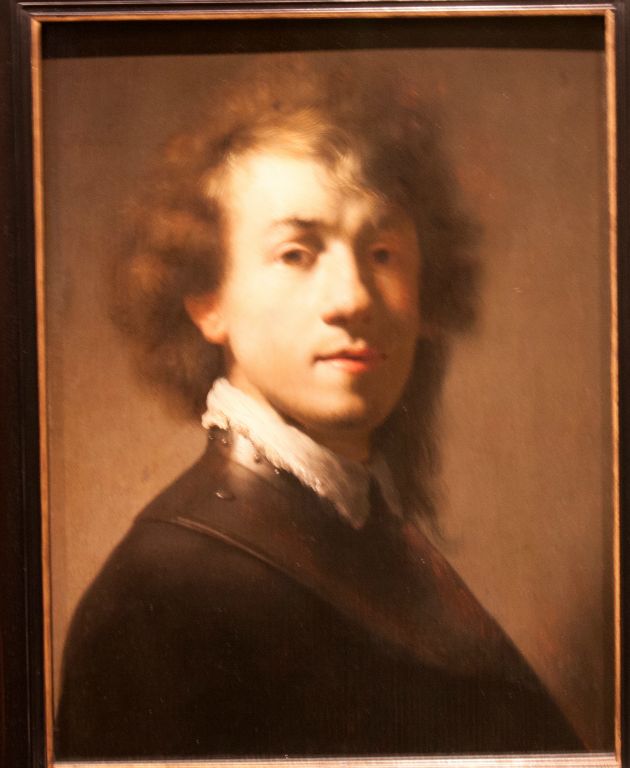
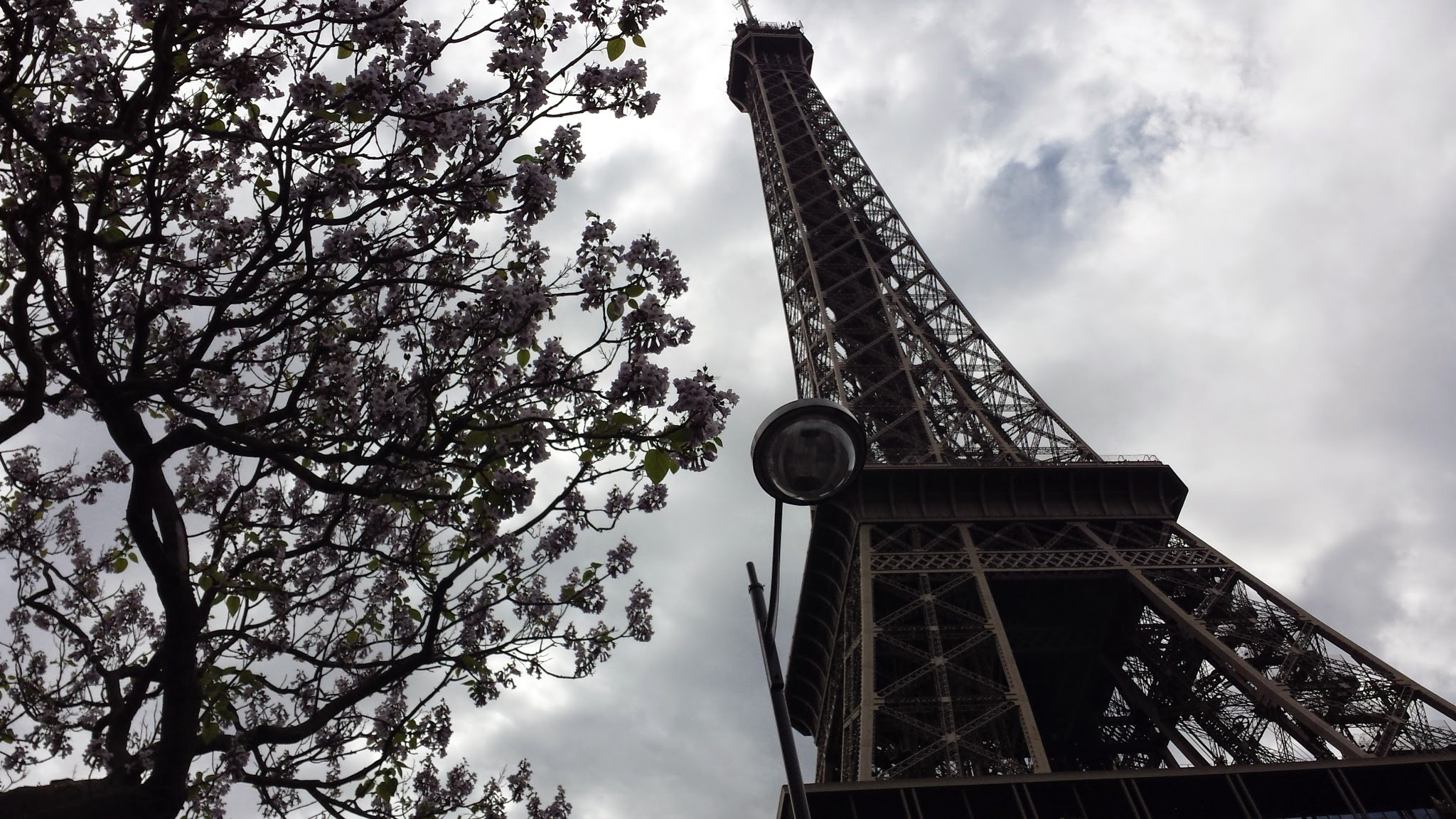
 We spent three hours at the museum before we were overwhelmed by it all. There is just so very much to see, and there are just so very many tour groups. The big draw, of course, is the Mona Lisa and the room they devote to it, which is behind what I assumed was bullet proof glass or plexi, was jammed. Cellphone cameras were clicking away and people were making selfies, although most couldn't get close enough to actually see the painting. We avoided this and instead looked at two other magnificent Da Vinci's in another hall, which most folks didn't even bother to study. I doubt they even knew they were there!
We spent three hours at the museum before we were overwhelmed by it all. There is just so very much to see, and there are just so very many tour groups. The big draw, of course, is the Mona Lisa and the room they devote to it, which is behind what I assumed was bullet proof glass or plexi, was jammed. Cellphone cameras were clicking away and people were making selfies, although most couldn't get close enough to actually see the painting. We avoided this and instead looked at two other magnificent Da Vinci's in another hall, which most folks didn't even bother to study. I doubt they even knew they were there!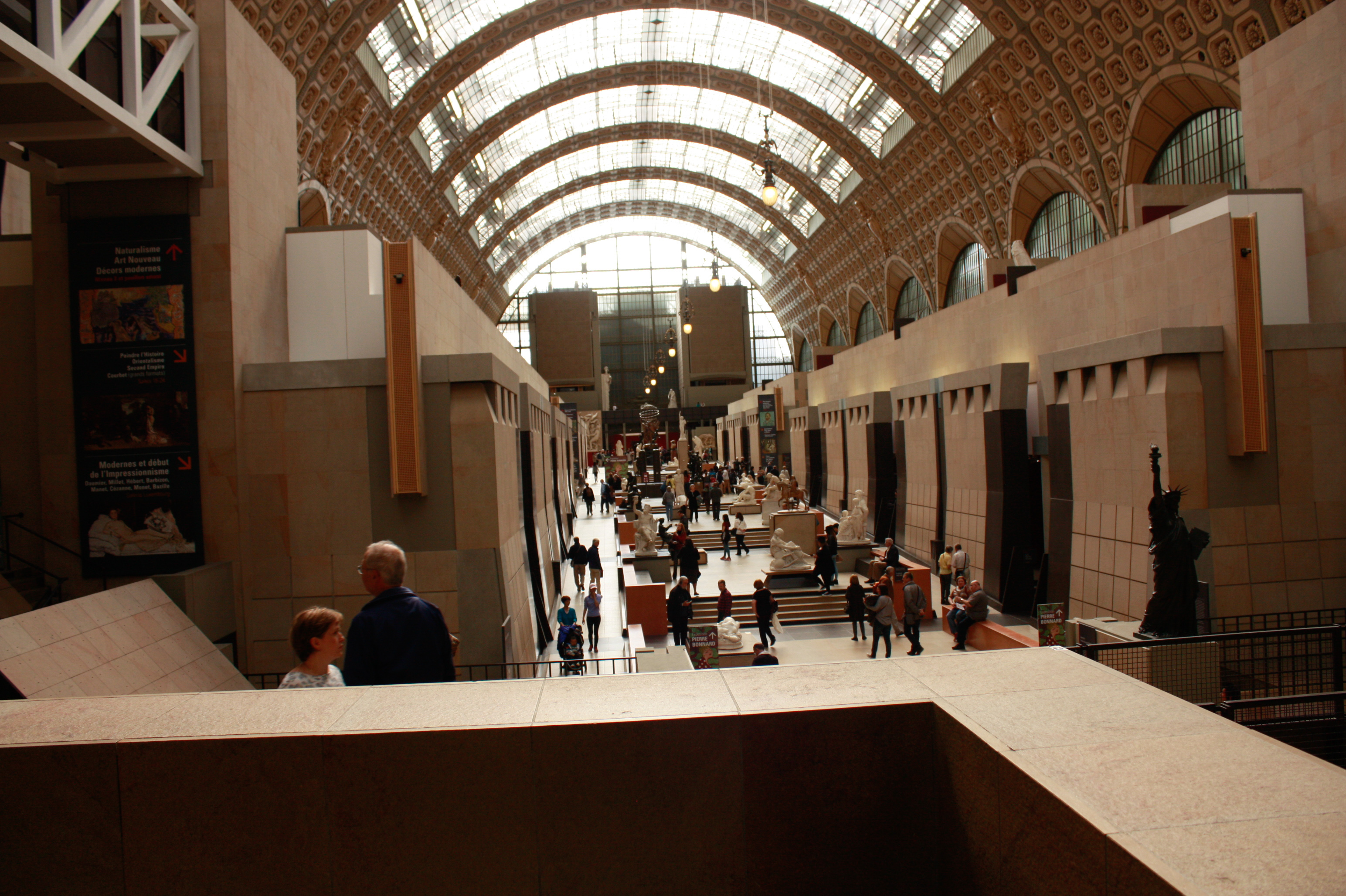 We walked to the Musee D'Orsay and spent the day there. This is an old railroad station, built in the 1900's with great vaulted glass domed ceiling and two large ironwork clocks. The architecture alone is worth the visit and then there is the artwork. If you've ever taken art history, you will see many paintings and sculptures that you only saw in books before your eyes.
We walked to the Musee D'Orsay and spent the day there. This is an old railroad station, built in the 1900's with great vaulted glass domed ceiling and two large ironwork clocks. The architecture alone is worth the visit and then there is the artwork. If you've ever taken art history, you will see many paintings and sculptures that you only saw in books before your eyes.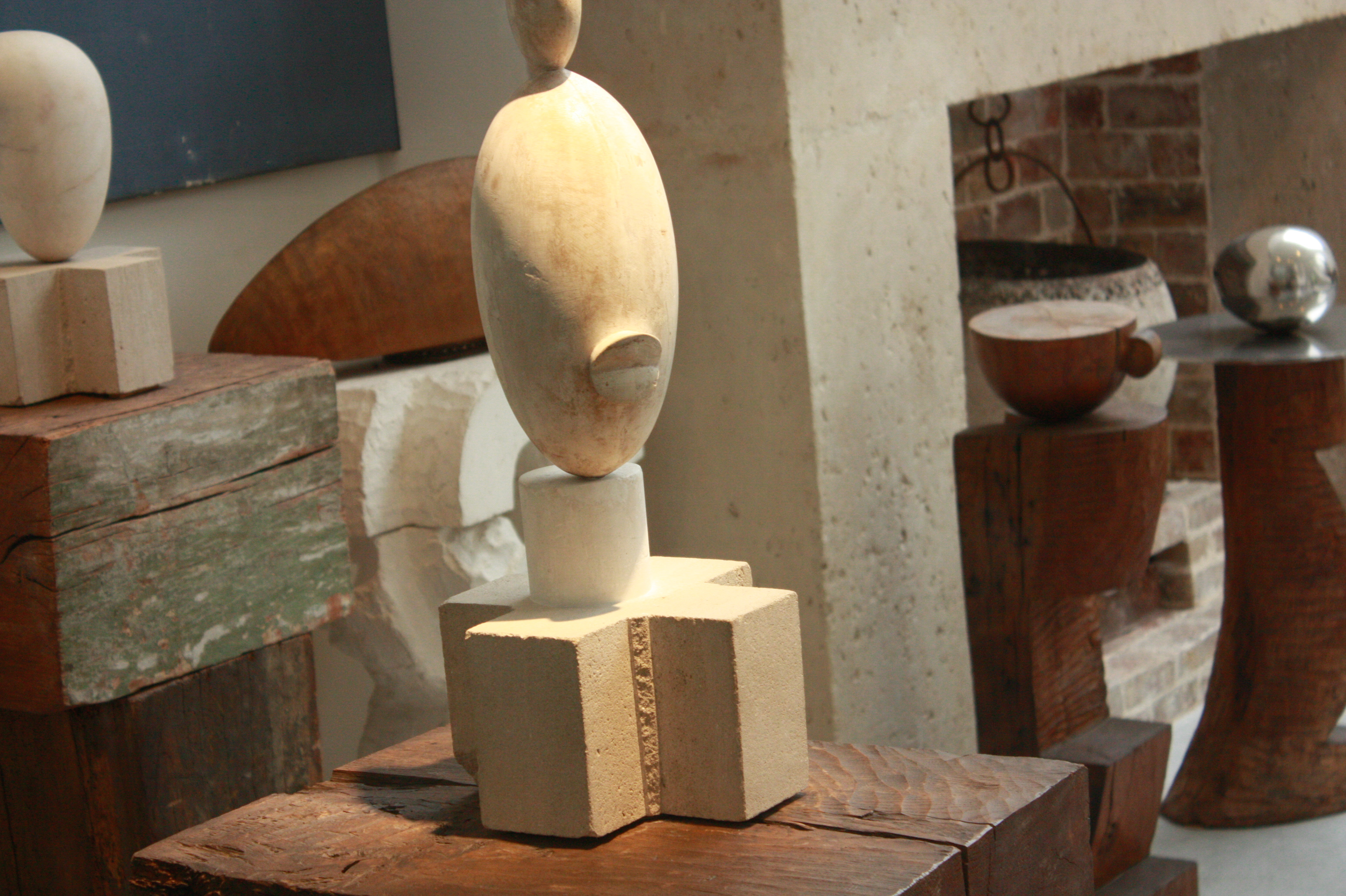
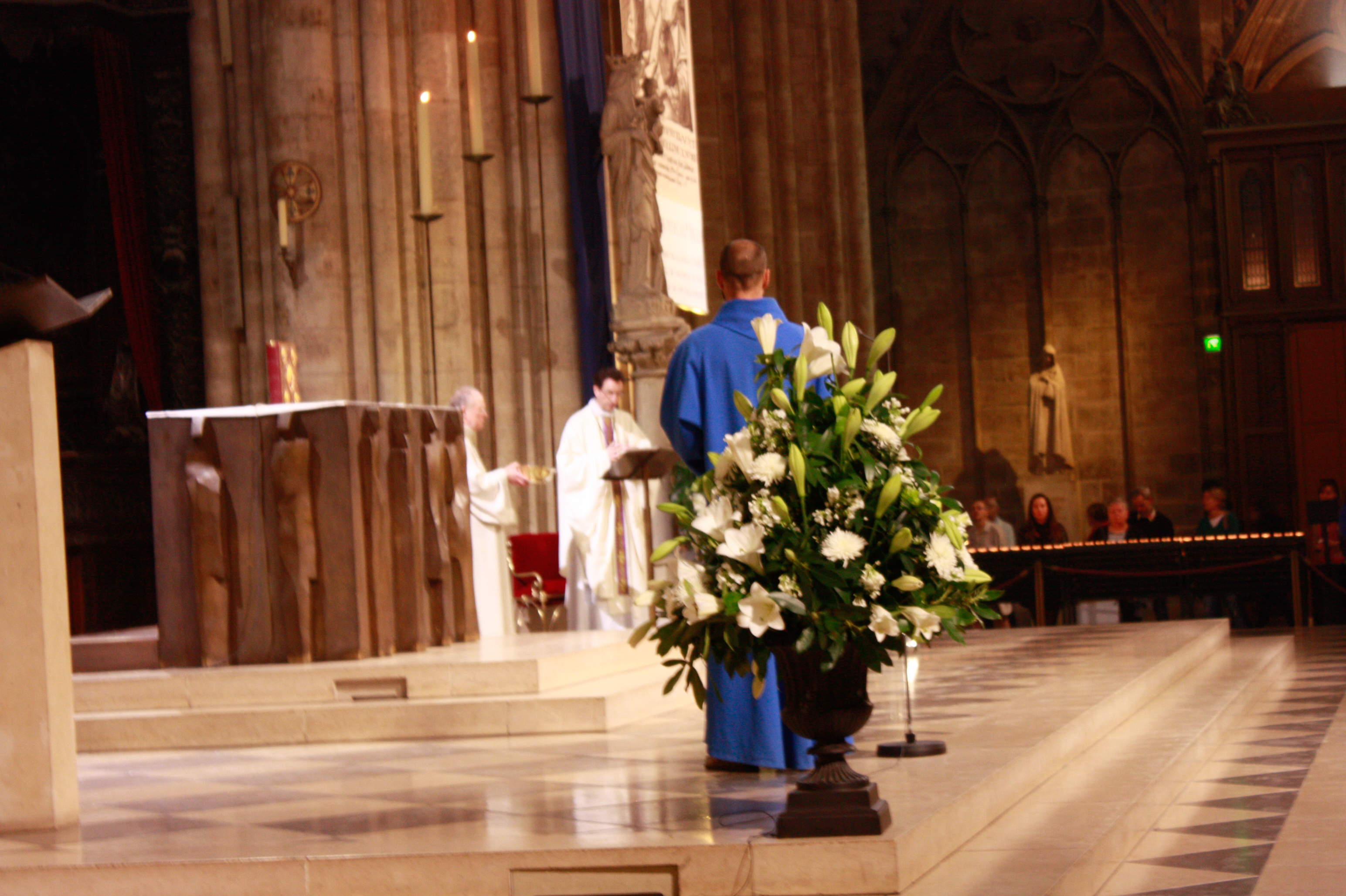 I might add that on the Ile de la Cite, and especially around the Notre Dame area, there were armed personnel. Paris has had several terrorist attacks and are very security conscious. Bags are checked at every museum and site throughout the city.
I might add that on the Ile de la Cite, and especially around the Notre Dame area, there were armed personnel. Paris has had several terrorist attacks and are very security conscious. Bags are checked at every museum and site throughout the city. We decided to take the city bus tour and see parts of Paris we might not get to. We got off at the Opera House and took a tour. It is a lovely building and has the distinction of being Hitler's favorite building in Paris. Built from 1861-1875, it is a good example of Beaux Arts style and quite elegant inside.
We decided to take the city bus tour and see parts of Paris we might not get to. We got off at the Opera House and took a tour. It is a lovely building and has the distinction of being Hitler's favorite building in Paris. Built from 1861-1875, it is a good example of Beaux Arts style and quite elegant inside.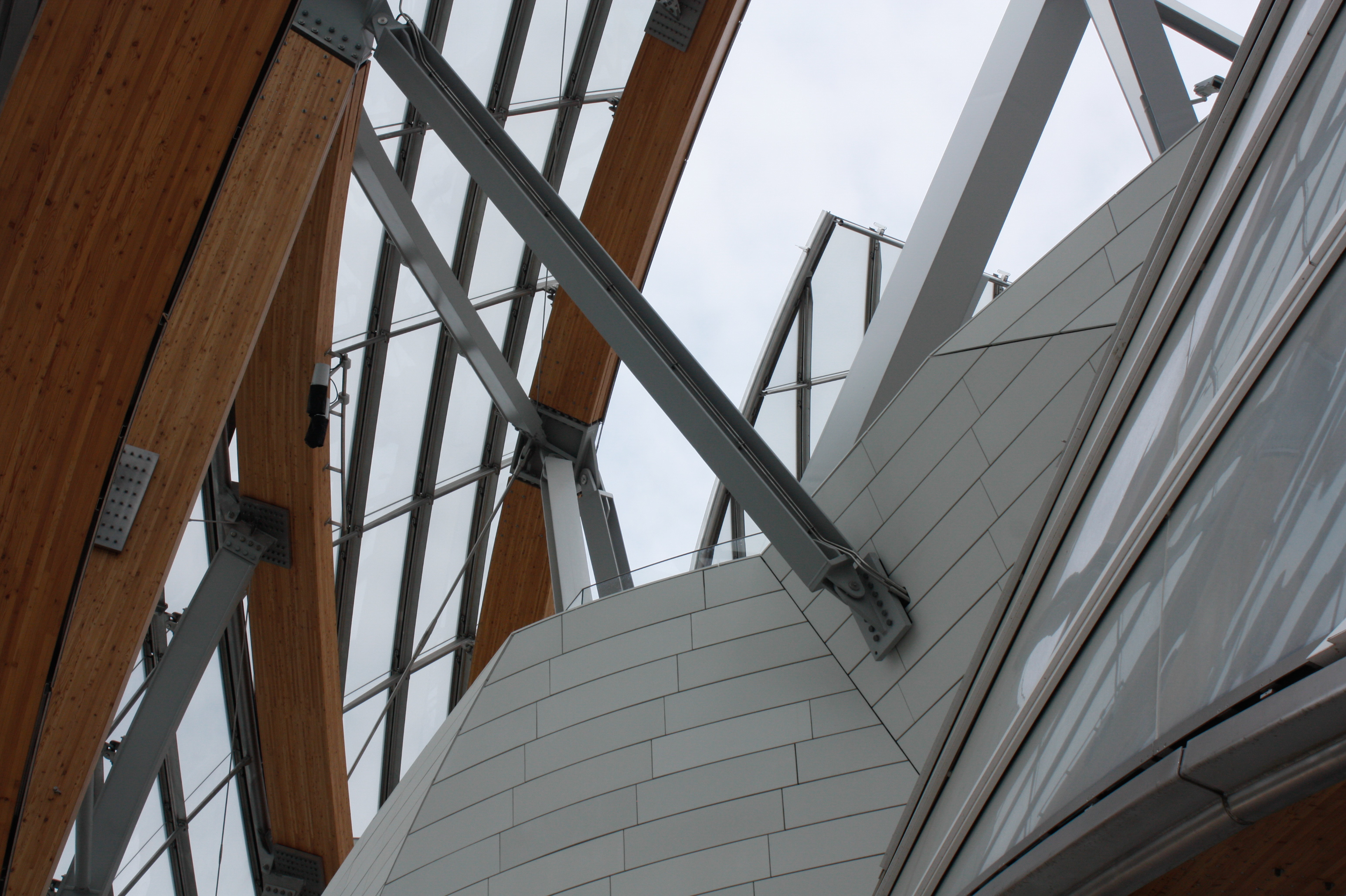 We had lunch at the museum at Le Frank, named after Frank Kelly! (oops, that should read Frank Gehry)
We had lunch at the museum at Le Frank, named after Frank Kelly! (oops, that should read Frank Gehry)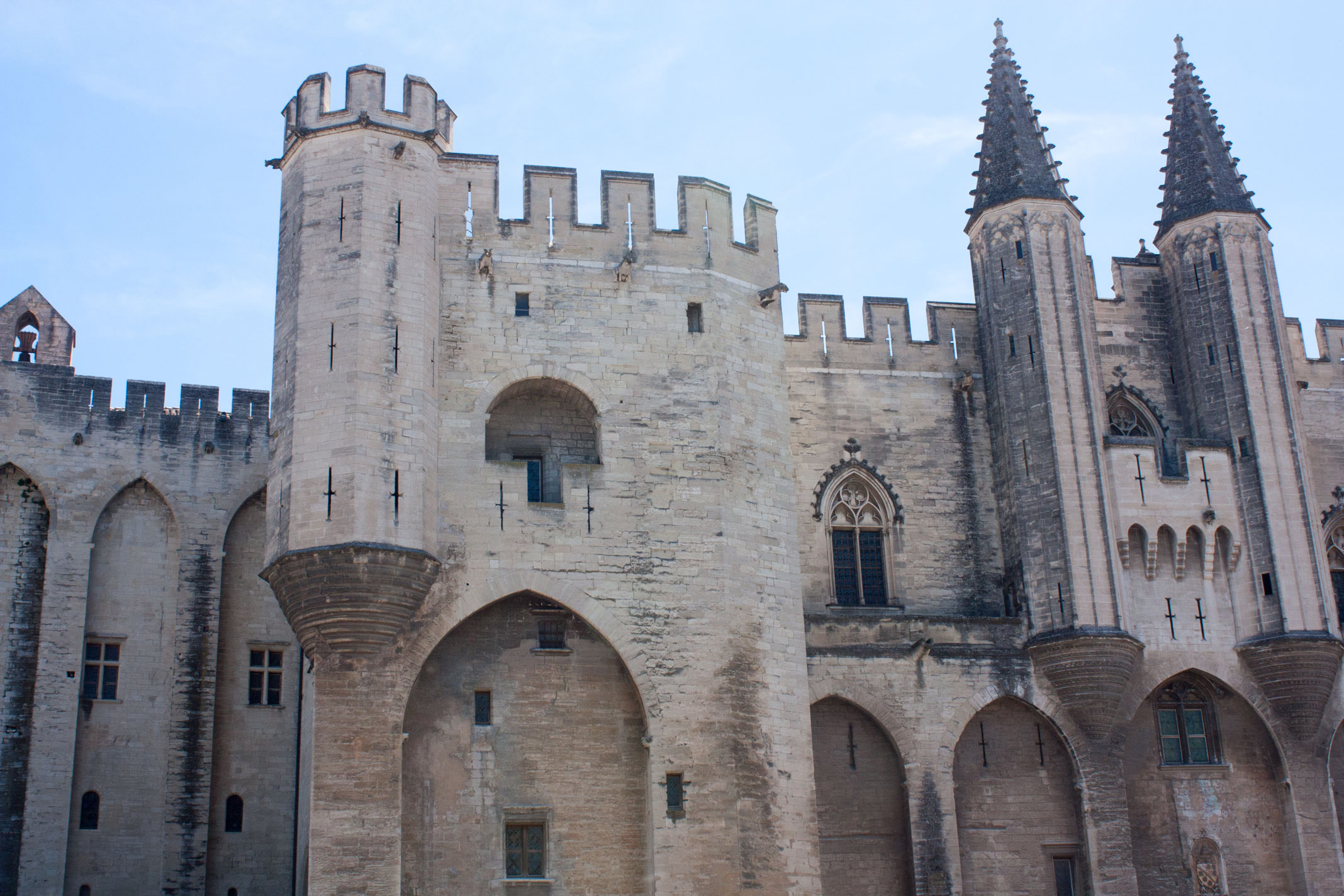
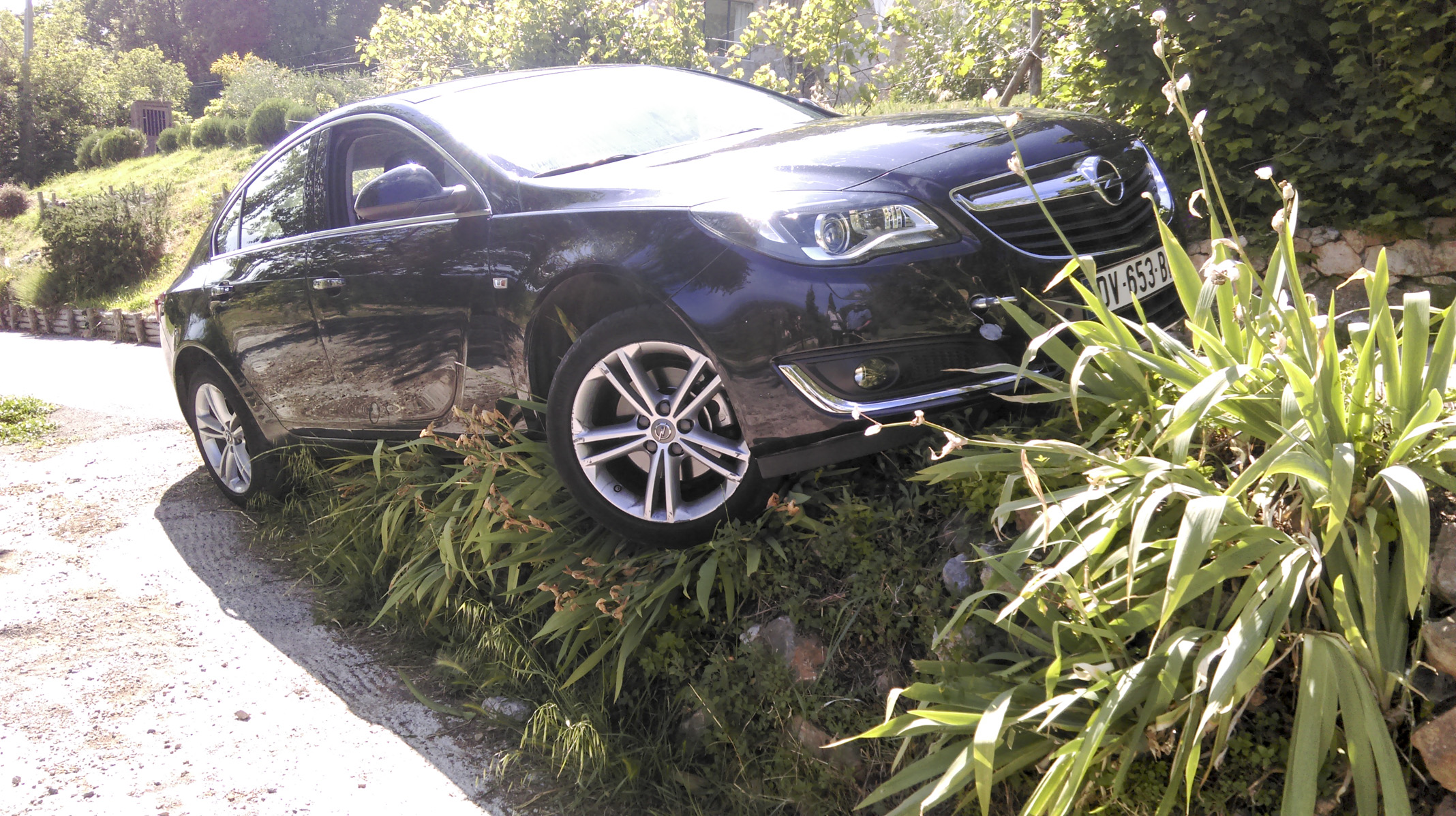
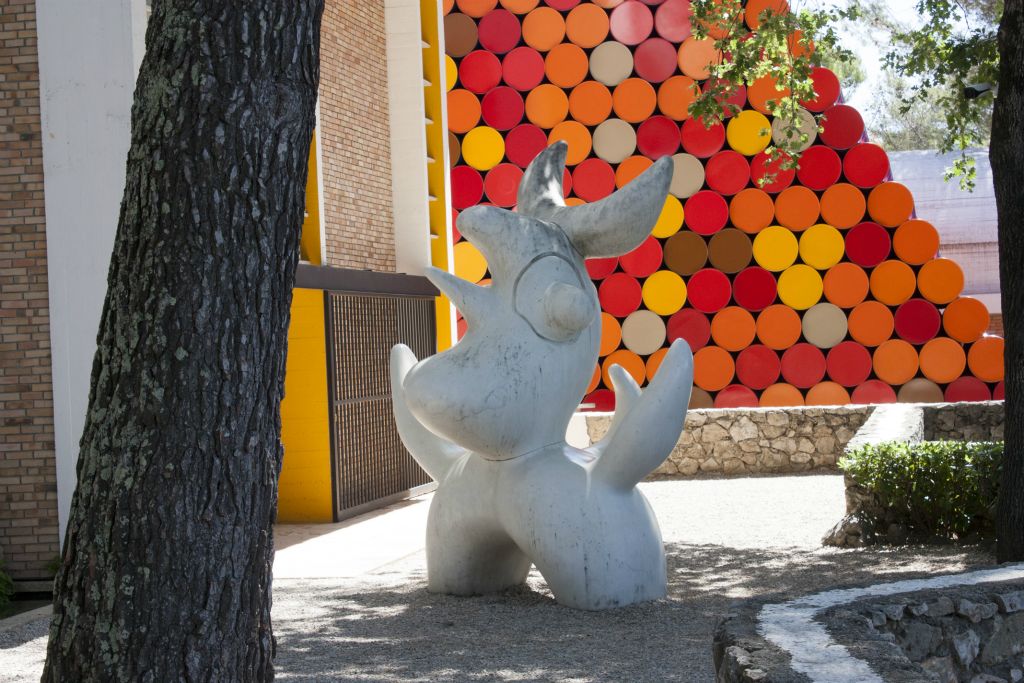

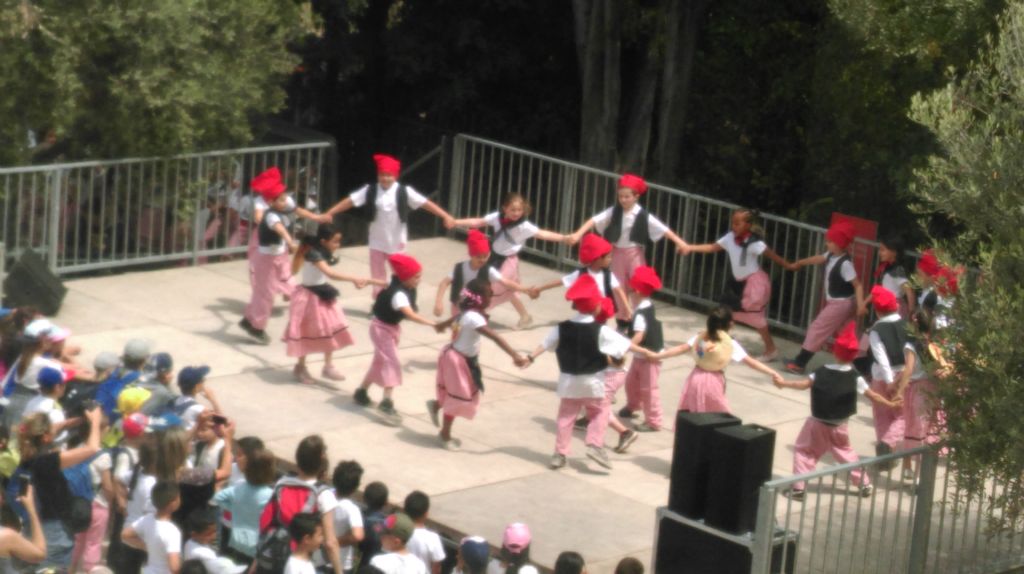


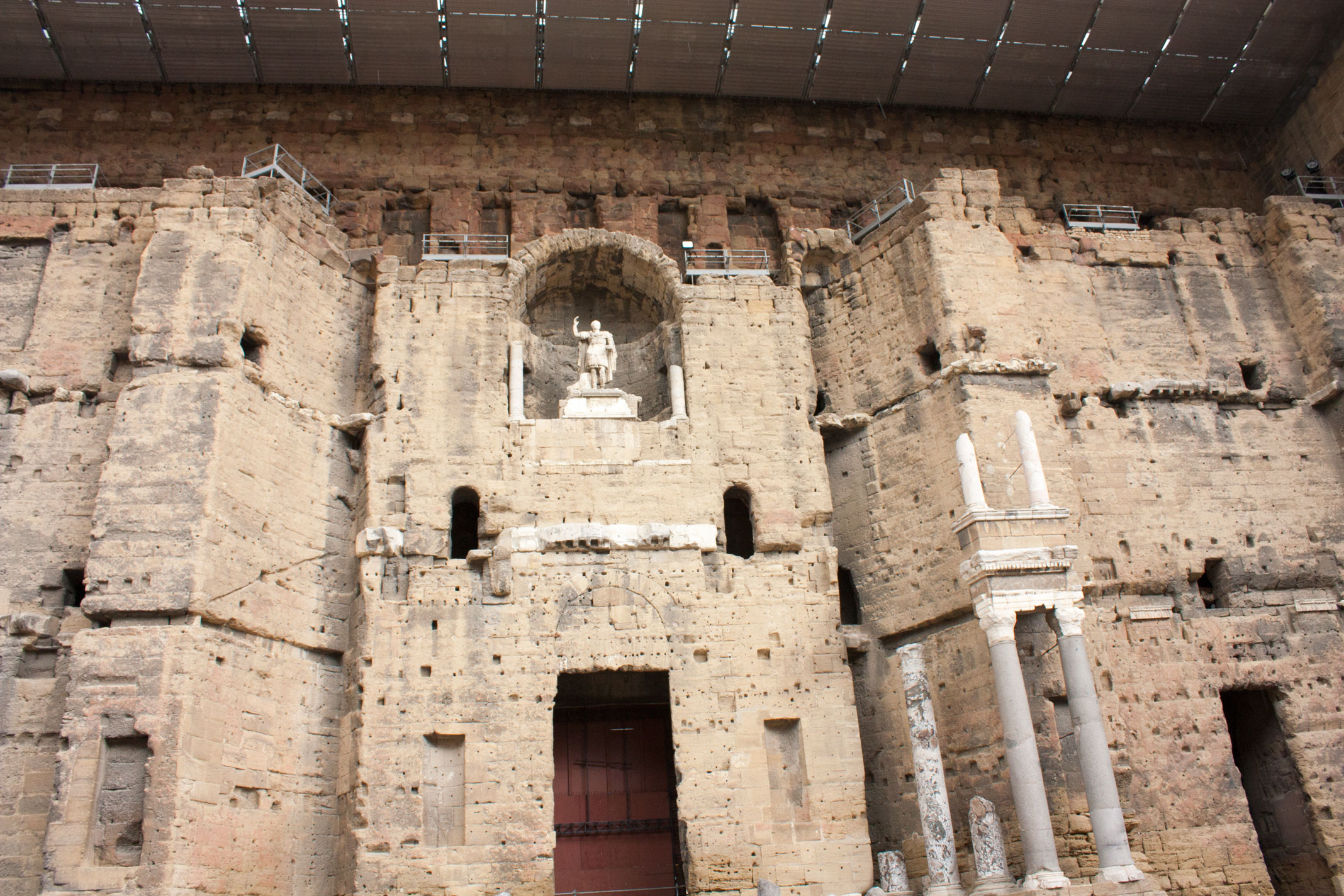

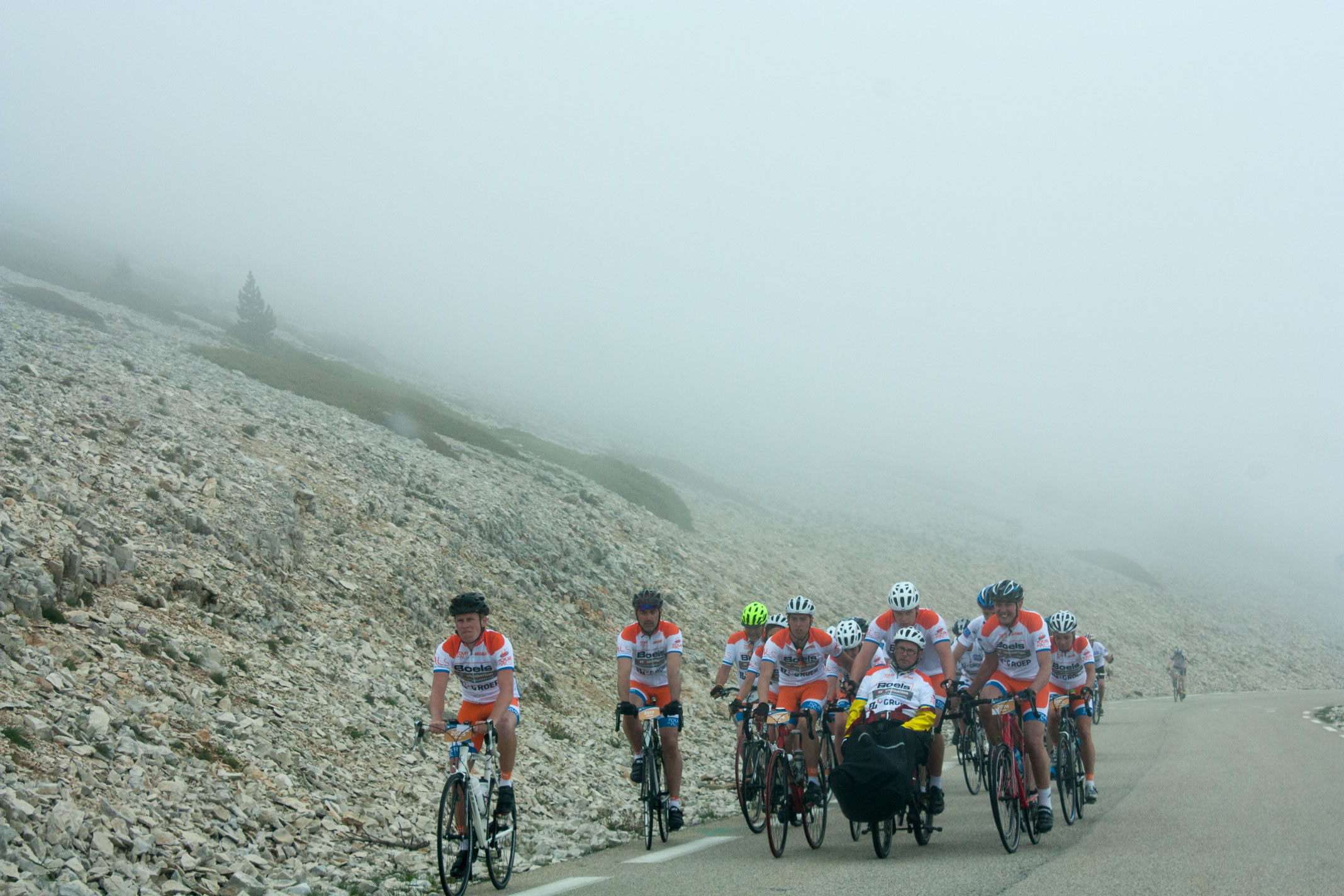

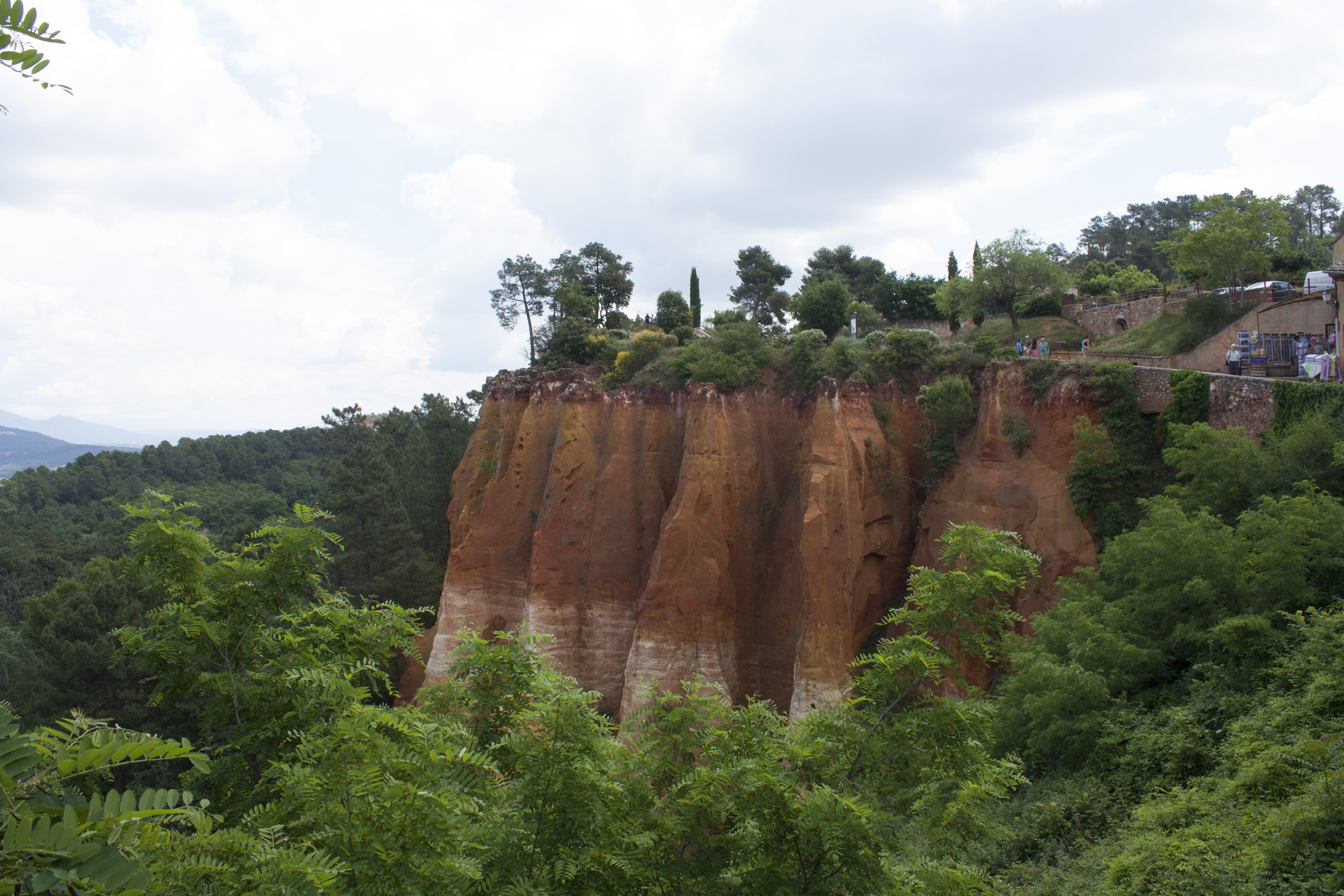

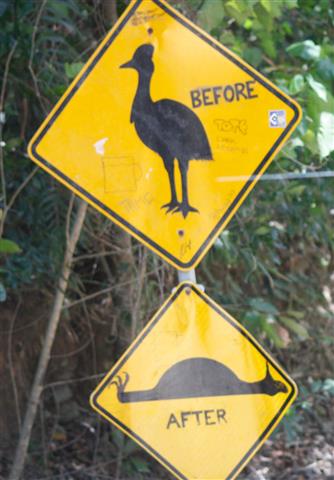


 Arrived at Hotel Torremayor. Our main guide is Juan Zapata Oyarce. Met the wonderful and exhausted members of our group. We had a lecture on Chile thatmost folks slept through. Then off to the Church of San Francisco, one of the oldest in the city. Chile suffers from many earthquakes but this church has survived. There were some beautiful wooden sculptures.
Arrived at Hotel Torremayor. Our main guide is Juan Zapata Oyarce. Met the wonderful and exhausted members of our group. We had a lecture on Chile thatmost folks slept through. Then off to the Church of San Francisco, one of the oldest in the city. Chile suffers from many earthquakes but this church has survived. There were some beautiful wooden sculptures. Something about Chile: 80% of Chile is mountains—mostly the Andes. It is about 2600 miles long but only 100 wide. It rains only about 11 inches a year in Santiago and they rely on the Andes for water.
Something about Chile: 80% of Chile is mountains—mostly the Andes. It is about 2600 miles long but only 100 wide. It rains only about 11 inches a year in Santiago and they rely on the Andes for water.
 There are many German influences in this town and it is on beautiful Lake Llanquihue (pronounced somewhat like Yankee Way). Our guide Charlie was originally from Alaska, fell in love with a woman and told her he would follow her anywhere and anywhere was Puerto Varas. Another pisco sour and view of the lake. Puerto Varas is called the city of roses. Here they get an annual rainfall of 72 inches. It rained on and off this day.
There are many German influences in this town and it is on beautiful Lake Llanquihue (pronounced somewhat like Yankee Way). Our guide Charlie was originally from Alaska, fell in love with a woman and told her he would follow her anywhere and anywhere was Puerto Varas. Another pisco sour and view of the lake. Puerto Varas is called the city of roses. Here they get an annual rainfall of 72 inches. It rained on and off this day.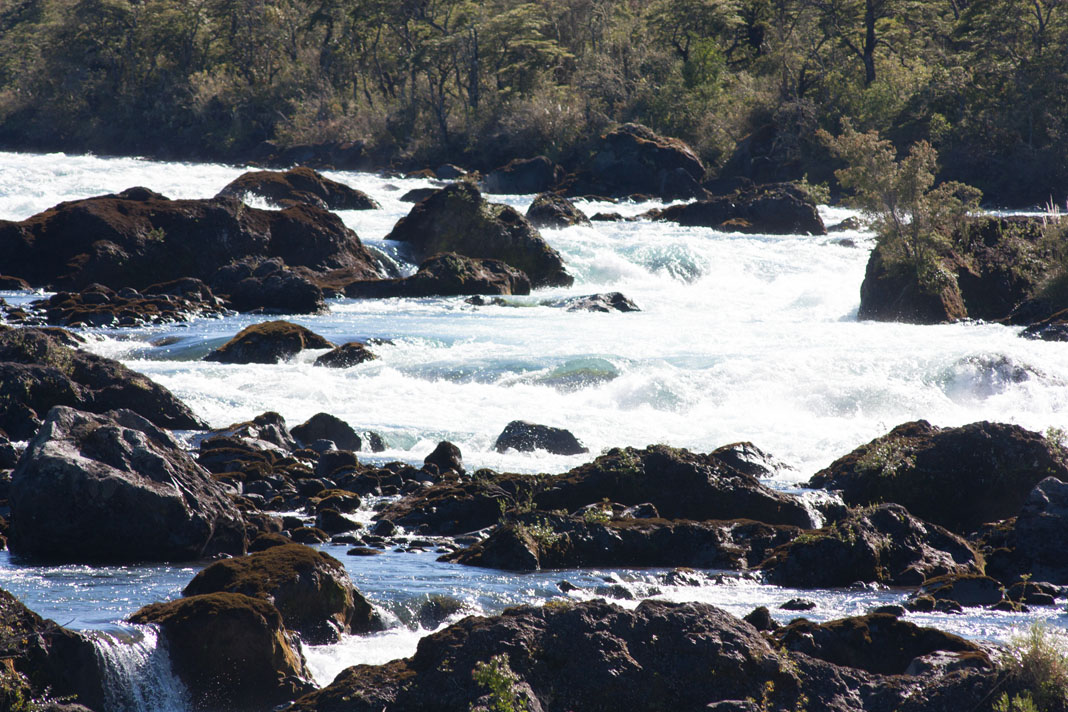 This day was our spectacular crossing from Petrohue falls in Chile to Bariloche in Argentina. In the end we took four buses and three boats to get from one to the other. We stopped to take some pix of Osorno volcano, which looks like Mt. Fuji and is about 18,000 ft high with a glacial top. It was last active in 1835, just when Darwin was docked nearby on the Beagle and is recorded in his journal. Then on to Puntiagoro Volcano, which means sharp point. This is where we stopped at Petrohue falls which is in the Parque Nacional Vincente Perez. Teddy Roosevelt visited the area and said it was the most beautiful place he had ever been. He helped establish it as the first National Park in Chile.
This day was our spectacular crossing from Petrohue falls in Chile to Bariloche in Argentina. In the end we took four buses and three boats to get from one to the other. We stopped to take some pix of Osorno volcano, which looks like Mt. Fuji and is about 18,000 ft high with a glacial top. It was last active in 1835, just when Darwin was docked nearby on the Beagle and is recorded in his journal. Then on to Puntiagoro Volcano, which means sharp point. This is where we stopped at Petrohue falls which is in the Parque Nacional Vincente Perez. Teddy Roosevelt visited the area and said it was the most beautiful place he had ever been. He helped establish it as the first National Park in Chile. Frank’s birthday. Everyone sang and he got a nice bottle of Malbec. We went to Iguazu falls, one of the seven wonders of the world. It is huge and quite beautiful. It makes Niagara falls look like a dripping faucet.
Frank’s birthday. Everyone sang and he got a nice bottle of Malbec. We went to Iguazu falls, one of the seven wonders of the world. It is huge and quite beautiful. It makes Niagara falls look like a dripping faucet. Then went to the first port and called “La Boca” district and Carmenito. The tango was born here. In 1871 there was a yellow fever epidemic so those with money moved north. Now the Boca is for the poor and artists and the north us very wealthy with a lot of beautiful parks. The Boca is very colorful and this is where Frank bought his leather hat.
Then went to the first port and called “La Boca” district and Carmenito. The tango was born here. In 1871 there was a yellow fever epidemic so those with money moved north. Now the Boca is for the poor and artists and the north us very wealthy with a lot of beautiful parks. The Boca is very colorful and this is where Frank bought his leather hat.



 In Xi’an, wandered around neighborhoods. Lots of little shops, sometimes grouped. There were about 15 sign shops, then veggie stores, small supermarkets, liquor stores, tea store and so forth. Everywhere we go there is a lot of rubble (taking down the old) and cranes (putting up the new). New highways, high speed trains, etc of which the Chinese are very proud. They see the differences. Reminded me of the fast growth in America during the 1950’s. I fear they might run into similar problems with housing subsidies, too much growth, environmental problems. Already the cost of living has gone up and what used to be made in China is now being sent to Laos and Vietnam where the labor costs are less.
In Xi’an, wandered around neighborhoods. Lots of little shops, sometimes grouped. There were about 15 sign shops, then veggie stores, small supermarkets, liquor stores, tea store and so forth. Everywhere we go there is a lot of rubble (taking down the old) and cranes (putting up the new). New highways, high speed trains, etc of which the Chinese are very proud. They see the differences. Reminded me of the fast growth in America during the 1950’s. I fear they might run into similar problems with housing subsidies, too much growth, environmental problems. Already the cost of living has gone up and what used to be made in China is now being sent to Laos and Vietnam where the labor costs are less.

 Went to the Tulung Family school. Grades 1-3, all orphans or from families too poor to care for them. There were 33 students. School has dorms for the students and the teachers “adopt” them. At new years, one teacher bought them all jackets. They survive on donations and government support. We brought pencils and paper and cookies, etc.
Went to the Tulung Family school. Grades 1-3, all orphans or from families too poor to care for them. There were 33 students. School has dorms for the students and the teachers “adopt” them. At new years, one teacher bought them all jackets. They survive on donations and government support. We brought pencils and paper and cookies, etc. To Potola Palace, Dalai Lama’s winter home. Since he has not been in Tibet, exiling himself to India since 1959, the palace is empty. There are 280 steps up to it and it is much more ornate than the summer palace.
To Potola Palace, Dalai Lama’s winter home. Since he has not been in Tibet, exiling himself to India since 1959, the palace is empty. There are 280 steps up to it and it is much more ornate than the summer palace. Farewell dinner with folk dances from all regions of Tibet with regional music. We had radish soup along with numerous other offering.
Farewell dinner with folk dances from all regions of Tibet with regional music. We had radish soup along with numerous other offering. Stopped in WuShan area. From the boat we went to a smaller ferry and then onto sampans--- wooden boats, with bamboo arches and some covering in places. We went up a smaller tributary. It was stunning. The Baning river used to be 1 meter deep before the dam and now was 90 meters deep. They used to pull the sampans by ropes but now are motorized. Went through the Longmen gorge, the dragon gate gorge and the Misty gorge.
Stopped in WuShan area. From the boat we went to a smaller ferry and then onto sampans--- wooden boats, with bamboo arches and some covering in places. We went up a smaller tributary. It was stunning. The Baning river used to be 1 meter deep before the dam and now was 90 meters deep. They used to pull the sampans by ropes but now are motorized. Went through the Longmen gorge, the dragon gate gorge and the Misty gorge. Shanghai museum…great!
Shanghai museum…great!